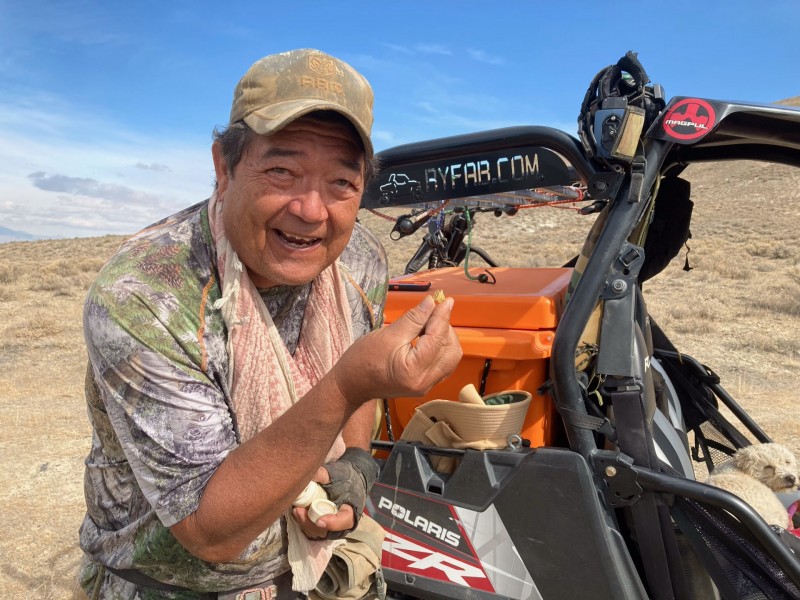Leaderboard
Popular Content
Showing content with the highest reputation on 10/07/2020 in all areas
-
You hunt one side of a draw and only find trash. Your mind keeps telling you to cross the drainage below and go back up the other side (grass is always greener theory) so you start hiking away and eventually turn off the 7000 just to cover ground quickly. Eventually getting to the other side, you fire up the machine and start your search. Not 10 minutes into it and that sweet soft sound comes thru the sweaty headphones and I can tell it is not surface trash. I get a little gigglie as I reach over my shoulder to grab my pick and ....holy shit...I reach over my shoulder again to grab my pick...., Now the holy has left and it's just shit... as I realize there is no pick? This is the hard part for guys 50+ as I try to think of where my pick be? Well the sound of that target was too good to leave, so for the next 15/20 minutes I used my plastic scoop as it was not designed and or intended...and scooped/picked away removing bits of dirt, pebbles and clods 1/4" at a time. Eventually 6" later it is removed from the divot in the soil I've so feverishly been working. Now most of us at this point would use the big super magnet at the end of our picks and run it through the freshly removed dirt trying to suck up any iron trash targets. Well as you recall, I did the "holy shit" thing and lost my $100 pick. So going old school (for those of us who's been doing this a while and we had no magnet on our picks), I used the hand/scoop over coil method and eventually found my little treasure. Yes, there it was a nice .2 maybe .3 gram, 100+ yr old beauty of a boot tack. Now I'm not only upset at the old prospector who lost his tack, I'm still pissed at myself for losing that fancy APEX with the magnet. Where could it be?? as I'm thinking and can only guess to hike back down the ravine, across the wash, up the other side (holy shit - this is going to take a while) and then walk around trying to find my last dig spot. I'm just about to the point of calling it a loss and not giving a holy shit anymore and realizing $100 is gone, when I then realize something even more shittier, is the fact that I did not bring a spare pick. Well this would not normally be an issue if I was close to home, but the reality of it...I was in the 2nd of a 4 day prospecting hunt (new area and ground to me) and was almost 500 miles from home. So the reality of things is I better get my holy shit together, hike back up that ridge and walk the side of a mountain trying to find my last dig. Well I have to admit, I didn't think I'd find it, as the sagebrush was 10 to 14" tall and all the terrain looked the same. Luck would be on my side and I eventually did find the pick. You know, I'm usually pretty good at not losing my own pick and in fact have found 2 picks and many scoops in my many yrs of detecting. But I did learn a lesson for future trips. As I get older and these hills get steeper, I better start packing a spare. What is the longest hike back or time you have had to go to find your pick. BTW. The gold in the area is not known to be nuggets (according to the old research records), I guess they missed a few.18 points
-
Got out while the water is still warm enough in the ocean for a wet suit, out at chest to chin deep was a slight slope/hole which held old targets. all targets were weak signals except for the new clad on top. Best of it was a 9K signet ring from Chester England. With all the stamps on the inside small portion of the ring there are 2 more on the large portion of the ring witch is solid not hollow. The small dark coin is a Merc. the other ring is Brass.15 points
-
Last night I went to a beach that yielded a lot of targets. On my 6 hour hunt from 8 PM to 2 AM I got 51 quarters, 40 dimes and nickels, 54 pennies (one wheat), 2 silver rings and one 10k gold ring. There should have been more rings! The trash was another 50 pieces or so. When you figure it is 4-5 scoops per target (1000 total) then it adds up to a stiff back in the morning. I found the gold ring 2/3rds of the way through the session about the time the fog started rolling in which made for an enjoyable sight as it covered up the normal lights but there was still a mostly full moon above. I was using the 15 inch coil and when I started I was down a couple of notches from full power. I thought there would not be much on the beach but I was wrong and kept pushing along finding some high cuts. Near the end of the session the detector was nearly out of power and I could hear a lessening in my headphones. Something I've wanted to say about the 3.0 update is that it really makes the quarters crackle. I don't think I remember them like that before and I wish they would be a little more 'solid' but perhaps it is because of the sandwich metals.10 points
-
As many of you are aware, I have been 'accused' of driving a lot and not staying in one place long enough to find gold. I'm here to tell you that is TRUE. Here is an example. Tuesday afternoon my wife reminded me that Pat Keene (that Pat Keene) might be up on his claim in Downieville. I said "The Forests are CLOSED!" I called anyway and sure enough he was in his second week of his annual pilgrimage to the Downieville area and said come on up. That is a 500 mile trip for me but I said I'll leave tonight and be there in the morning. My wife and I have fond memories of this trip as we went to this about 5 years ago and had some success. She found a 5 gram button on a trail near some old workings using a Gold Bug Pro and I found a 1/3 ounce nugget using a 3030 sniping the Yuba River. Now I have an 800 and the 6 inch coil and thought I could find what was left. After a bit of packing in the late afternoon it was time to go out to the 4Runner and wipe off the cobwebs and see how it looked. It needed a bath so I could see but it also had a low tire. What? It was too late to go to a tire store so I stuck some of the tire seal in and when to a gas station and filled and checked the tires all around. I gave it a bath and my plan became to find a tire store on the way and get it fixed. My original plan was just to take the 800 and the 3030 as backup but as I got closer to 11 PM and a nap I decided I'd take the 7000 and the Xcoil in case I had time to make it to the old WSPA claims in Sierra City. I laid out all my stuff and tried to take a bit of a nap. About 12:30 I got up and packed the car and knew if I got to Auburn at 8 AM the America's Tire Store would be open and I could get my tire fixed and all of the rotated. It would be over an hour and a half to Downieville from there. Staying on schedule and making pretty good time I followed my familiar route up I-5 and I-80 to Auburn and arrived there about 8:15 with a still inflated tire! When I was asked why I was there I pointed at the tire and right on top was a screw head. I said I think this is my problem! I bought these Cooper Tires from America's Tire because Fred Mason told me his good experiences with them. They told me I should be out of there by 9:30. Well, because of some 'training' and scheduled appointments I didn't get out of there until 10:30. They showed me the screw and it was about 3 inches long. They plugged it. Now I was on my way. Going up Hwy 49 to the northern Sierras. This particular 70 miles of road is 'lovely' but I learned to hate it with my 4Runner because it doesn't like turns. The anti-swerve gets activated because it is old and needs a new R&P and it grabs. Most of my friends will not pull a trailer on this road. So with all of this 'behind me' I arrived at Downieville about noon. My plan was to stay in the hotel with the other participants that night. When I got there Pat was making a video about some of his innovations to a sluice they produce in Canoga Park. I took off with the 800 and 6 inch coil. My first stop was going to be where I found my nugget. When I got down to the back of the river it had changed. This is to be expected of rivers that flood and are subject to snow runoff but the conditions now didn't leave me much bank. In addition there were panners and sluicers set up all along the area I wanted to detect. Hummmmm ... I chatted with a few of them but I wasn't there to pan. I walked around them and found some areas to get to work. It was more difficult for the 800 than I thought it was going to be. I've used it for thousands of hours now on the beaches but these hot rocks were making me take the sensitivity way down from my normal 23. I was down to 17-18 before I could make it ignore some of the rocks. I was trying Gold 1 and Park 1. This bank area is not that big and it is steep with green moss on it but I worked it for 3 hours. I couldn't get into the water because it was too deep. This was one of the changes. It was now time to check where my wife had found her gold button on the path up above. While looking for anything up there I did come across a 'mini-spill' which was 3 pennies and a dime but nothing more. At the end of this it was about 4 PM and it was time to check on a room at the Inn. More later ... Later has become 2:40 PM on Sunday the 27th. When I went to check on my room ... there was none available. My original plan was that I would sleep in the 4Runner but I saw the setup and I said I'd go on up to Sierra City and get a room there. That is about 12 miles. I passed by Sierra Pines on to an old club claim and saw they had been working on the forest to thin it and had disturbed the soil. This now became the area I wanted to detect. A new 'plan' had replaced the old plan because I could stay near this location. The problem then became gas. Sierra City and Downieville don't have gas stations any more. I had to drive to Graeagle and get gas and that would also be a place where I could use the phone. When I got there I called a forum member, Norm but there was no answer. I spoke with my wife and she was ok at the end of the first day and said everything was fine. I drove the 20 miles back to Sierra City, got a room and got on the computer before I slept. I messaged Norm and Klunker. I told them where I was and that I could be around for a couple of days but there would be no way to call me. When I got up in the morning I had messages but Norm was not available and Klunker was working but could consider Friday but he wouldn't know until late Thursday. So, we didn't have any way to set a schedule. Off I went to the claims where I had found gold before. When I got there I could see that they were still harvesting some trees. This is one area where forest management has continued over the years. When I first prospected around this area over 5 years ago you could see old tree stumps left from maybe the first cuts in the area 60-70 years before. Now they were thinning the trees again. Some was cut for lumber and other was cut to make road access. I gouged the dirt deeply and that was what I thought would be different. Above was the first area where I pulled into and started detecting. It was about 9:30 and pleasant after the low of about 42 in the morning. I was rested and ready to tackle the area where I know gold had been found before. At this point I knew Norm was not going to show up but he wished me well. I began detecting the ruts as were my plan but that plan soon had problems. My Xcoil was working fine and I was getting these 'targets' but they turned out to be pieces of the dozer blade! Oh, no. Why can't they make these blades and teeth harder so they don't shed. That continued all day. I altered my pattern and detected some unrutted areas. At one point I was walking along (looking out for snakes in the process) and I almost tripped. I went to pull my foot up and it was like it was in mud. It was actually dirt that was so dry and fine that it acted like water and mud. That is one of my lasting impressions of this trip. It was DRY. There was another problem that I discovered after the first 30 minutes or so. YELLOW JACKETS were everywhere. I could walk along and try to recover one of the little pieces of blade and they would gather around me and then land on my arms and then try to get behind my sun glasses. They were not overly aggressive in the sense of a big swarm but they did sting me a couple of times when I had to get them out of the way. After 4 hours at the first location which included the area where I found my last nugget I had to move about half a mile to another spot. At this spot I had found the remnants of a pair of Levi's. There was really no material left but the buttons I was able to date back to the 1890s. That meant there was old workings and others in our group had found some nice gold here. They had even cleared the brush when Fred was out with them to get access to the gold. It was not long before I got a couple of targets that included normal trash but then I got a deeper target. I went back to the 4Runner to get my phone to take pictures because I was into the roots. A new roadway had been scraped here to allow for taking out the logs. I thought this was the nugget of the trip. The Yellow Jackets were around and I was digging down and down and got the target out of the hole and ... a big piece of lead. Sooooo disappointing, just like Australia I thought. Well, there was nothing I could do other than fill in the hole and keep after it. I went a few feet more and got another good target. This time I walked back to the car and got the 800 to pinpoint. It was an odd number of 10-13 and it wasn't coming out of the hole easily. I used a pin-pointer and found it. A WIRE. Now I'm getting late into the afternoon. Home and obligations started to weigh in on me. I had gone to the areas I knew best and didn't get any gold yet. I went to another area where the undergrowth had been cleared and tried to get a stray nugget to keep my head in the game but it was not to be. I started thinking about telling the story of forest management with pictures. All of these trees that had been cut down would make some people mad. What I realized was that there can be too many trees. All of the little trees on the ground didn't have enough sunlight to grow in many areas. This was being corrected with management here. I was done with detecting and I knew it was time for me to go back but I wanted to take some pictures on the way. Here is what I saw on the way from Sierra City to the end of the forest and the valley overlook. The road above is covered in snow during the winter. A few years ago we couldn't get to the claims where I was detecting until April there was so much snow. The road below is 49 again. It is maintained through the winter. I wanted to show Simon the elevation and also the ski area but this is not a ski resort as much as it is cross country. I don't know much about it because I don't do it. As you guys know, I'm a beach sort of guy. If I don't get early, quick results then I'm bored with limited time. I want to thank Klunker and Norm for taking my call/message on very short notice and trying to help me find some color. I didn't plan the trip very good and once I decided that missing the traffic on Friday was more important than gold I was done. I did see on accident near Sacramento on the way back. I don't see many and this one was a car had just run into the center. I was back in Santa Monica about 1 AM on Friday morning. I had been gone 48 hours and driven about 1200 miles. That is a long, short trip. One day I hope my sons will be able to still read about it here on Steve's forums. Thanks Steve. Mitchel5 points
-
Joe, I hunt in AM too but thought that I could switch to Tone (which works on coins) to give me more info on the targets. My beaches for the most part are steep and the sand movements are sever. The can loose or gain 8 foot of sand overnight. Yes, 8 foot is not a typo. You cannot hunt out in the surf either. Even if the waves were only a couple of feet tall, when they break, you wind up being thrown up to the wet line. (have had it happen, LOL) My beaches all have surfers on them so that should tell you something about the waves and the breaks. Anyway, there has been enough sand movement that I am trying to get to them before the sand and the jewelry is completely washed out. This is a tough environment in the wet and you have to be an opportunist and catch the conditions just right or they are gone. It takes major storms to bring stuff back in and we don't get major storms that often. Every few years I am told. So I just have to work with what I have. Ok, enough ranting and raving. It may take a few more days (or weeks) of using this detector but I will figure it out. In the mean time, I will have my VLF charged and ready if the wet conditions are not good enough for the AQ. thanks, Joe4 points
-
Been waiting for fresh drop season to slow down a bit before taking the Fisher AQ out for it's maiden hunt. Some big surf hit a spot and exposed some black sand under decent looking cuts so figured it would be a good time to try it out. Started out in all-metal under suggested stock settings. Unfortunately there was quite a bit of iron bits around. Decided to give the "Tone" mode a try, about 15 mins later I hit a high pitch sound at the lower slope, 2 scoops down and I had my 1st AQ gold, 3.6 grams of 14k! I like the Tone mode a lot, I can foresee how it's going to be a useful setting when trying to cherry pick gold rings out of coin & iron infested areas. Quarters, dimes, pennies, tent stakes, nails do come up as a low tone. Some rotten Felix pennies did come up as a high tone though, but surprising most zincs were weeded out by the machine, a lot of the trash you see in the pic sounded off as a low tone. Nickels and Gold sang out as high tones. The 925 chain came in as a high-tone surprisingly, the silver ring was a low tone. Also another note, this area was already heavily pounded by someone else judging by the grid marks & dig holes left behind. I couldn't be happier with the performance of the AQ and I can tell after I spend more time learning this machine, I'll be able to expedite the gold extraction process on some challenging beaches this fall/winter!!3 points
-
Hello Today i went to a Sandy beaches which has been popular since the 50s but also hit hard (as most of the beaches are).I took my MDT as i was told it was a potentially good beach for PI but i wanted ti try the Tarsacci 1st as it is Tarsacci week in the RR house.Anyway first target was the stainless tube which gave me a shit reading but i dug to keep myself warm. Then came 1 whisper in my headphones with positive ID took me 5 minutes to dig and the 1st 50cal cartridge was out then same signal and same target really deep maybe at 40/45cm (15").The copper deep too maybe deeper but could mesure as it was a fight to take it out, the hardest was i only took the spade. While digging those deep stuff i realise they were on a layer of crushed and broken shell under 35/40cm of sand,i shall be back there tmw God willing RR3 points
-
What you see for sale is a bunch of older generic stuff that practically no one who might buy "the company" would want to mess with. What is not for sale is all the key equipment for making detectors. I suspect they are still trying to strike a deal on an overall sale. For the most part, there is nothing preventing a company from making the same detectors as White's was making. Replicating the circuit design is easy, but they would also need the micro source code. Source code repositories are on the company server with limited access so it's not a matter of anyone's "know-how," it's a matter of having the source code. Everything else is simple. If an "overall sale" never happens then White's may piecemeal-sell the designs, and then FTP might show an interest. When I started the F-Pulse design I considered re-creating the TRX. I did not because (a) I had only recently left White's and felt that would be a bit unethical, and (b) the TRX was an incredibly difficult project (I designed the circuit, but did not write the micro code so I would have to start from scratch on that). So I went with PI instead. One day I may design a "PRX" pinpointer, but not for now.3 points
-
Simply prospectors who are happy to share their findings ....3 points
-
Looks like iron. Try a magnet to it, I bet it sticks. As for the eagle, I'm not sure. Usually corrosion can take the shape of many things. You said it has a shank?? It almost looks like a 4 hole undergarment button. It would be better if you tooth picked as much as you could to see if there are any details on it. Pewter usually is gray with the edges de-laminating, if not found in good dirt.3 points
-
Good story Gerry, I was right there with you. I also lost my pick one time, didn't leave it, just lost it. I was not even aware I had lost it until I wanted to use it, much like you did. I'm old too and it is true that walking back over ground you have already walked is never something to be looked forward to. But age takes its effect on brain cells too. Now I sit down and try to think where it could have possibly gone. My pick holder is a simple belt hammer holder, it is one of the ones that actually can swivel. In thinking of this I remembered that there had been a place where I had to turn sideways to scoot by a fallen tree. It was real close getting by it and I thought that if it were anywhere it would be there. I hiked back and it was exactly where I thought it might be. Fortunately the walk back was not long, but I hate it anyway. To my old mind going back is something you avoid at all cost. It is sorta like when climbing uphill, you do anything you can to not lose the ground gained by going down at all. Sometimes I will scramble on hands and knees to keep from losing altitude. It is somewhat of a trade off, but I figure I worked hard for that altitude and I won't give it up easily.3 points
-
Well I have about 20 years on the Sovereign and am experienced enough on the Nox to comment. While I have not compared both machines in head to head. I am pretty comfortable to say at the beach I hunt, the Equinox is better in the wet sand and in the water the Sovereign is better, 10" sov coil and stock Nox coil. I have wrote on this topic several times. My conditions are: Mild to moderate black sand, and lots of moving water. Dave3 points
-
If I am to get taxed on my finds, then I'm going to write off every detector purchased, every set of tires, the ATV, the toy hauler and the $80K truck used to haul everything. I'm going to write perdiem on every trip taken and then anything else I can think of. It would not be cost efficient for the IRS if we did it this way. Interesting read.3 points
-
I know this is not going to help...For I use All Metal only when I hunt.....Every beach is so different on it's habits it's really hard to predict what you may encounter... And I know the frustration of digging a deep target for 10 minutes only to find it is trash. I have a spot that is loaded with that stuff...but I have reconned the area very well with the excalibur and made a map in my mind on where to hunt and where not to. Also I marked several of the solid nulls by digging two scoops, there won't be a hole there but the hole will fill with a finer grain sand, which I can tell its softer when I go to dig. This will hold good for about 3 weeks.. One thing I have noticed at other beach's and this one ..seems the crab pot pieces collect in some areas. And my guess is because that's where the cage broke down. I do find strays but they are shallow most of the time and on the move. So far that is my fight against digging those babies.. Mapping out the area, then I'll be going in with the AQ...I'll let you know how that goes. It has worked before at one other location. Good Luck..3 points
-
Did any of those pieces give a double beep? I would think the long pieces should do that from a certain direction. Maybe circle the target from different angles before you dig? Just a thought.3 points
-
So having used and test the Garrett Ace Apex for a bit now. I've come up with some things I do and don't like about the machine. If anyone is on the fence about buying one this might help you make up your mind. I think Garrett is heading in the right direction with all the modern features they have included on the Apex. Here's what I really like about the Garrett Ace Apex. 1. Wireless headphones 2. Backlight display 3. Rechargeable battery 4. Easy to navigate menu 5. Easy to read display 6. Great sleek look 7. Light weight 8. Ground balance capabilities 9. Weatherproof design 10. Adjustable frequencies What I don’t like and why, yea I know you can’t have everything you want with a $425 machine. 1. Lack of accessory coils-IMO the 6” x 11” Viper coil is too big for trashy sites and not big enough for clean sites. 2. Iron audio-IMO the iron audio on the Apex is pretty much worthless. It’s too loud even on 1 and the machine can’t reset fast enough and drowns out good signals close to iron when iron audio is used. 3. Notch discrimination-notching out 5 segments at a time is too many. With the Apex already struggling at depth and in iron, you need to be able to notch out one number at a time so you don’t lose targets in iron or make them even more jumpy when the target is deep. 4. Lack of adjustable tones-5 tones on this machine doesn’t work well, especially in iron trash. The iron tone and the very low conductor tones are too close in sound. Yea you can hear the difference but since this machine pulls down target ID so bad in iron, a 2 tone option or even a 3 tone would be much better so there is a distinct separation of the audio. 5. Lack of usable search modes-Really all you get with the Apex is set discrimination patterns, not search modes. When you change modes you simply notch out different segments you may not want to dig. Depth and separation remain the same, many other machines on the market both more and less expensive change the recovery and depth in relation to the mode you choose. For those of you that have the Apex or even if you don't, I would be interested in what your thoughts are on the Apex.2 points
-
Just got back from 8+ days in the high desert....the weather was perfect and the quiet, wide open spaces were soul rejuvenating. Met up with Chet and Brian....we were working on a skunk our first day when Lucky Lundy texted Brian, so we went and joined him on a hunt. And true to his name, his luck rubbed off on all of us...by late afternoon we all had some gold. By the next day, Rick and I both had Lucky 7s lol.... Unfortunately, his favorite beverage was gone and all I had to offer Lucky Lundy was my homemade lentil soup or organic tofu/veggie stir fry, so he left us for “meatier” digs 😄 Detected new and old spots and I found gold each day....no skunks for me this trip and that’s unusual for sure! Some pieces I swore were going to be bigger by the hole I was digging...I can’t believe what small targets the 7000 can get at some depth! Here’s my largest and smallest nuggets found this trip...a 3 grammer and .06 gram; I only use the 7000 in Nevada and really don’t plan on finding Gold Monster sized gold there, but hey, gold is gold! After being in the dry desert sun and wind all week, I was wishing I could shed my wrinkled outer skin and grow anew like this guy did😆 Saw lots of wild horses, different lizards, and cute horny toads which all add to the experience out there! Had a great time with some great people, and ended up with over 12 grams of Northern Nevada Nuggies!2 points
-
I'm interested to see what Garrett adjusts & adds to an AT platform version. Iron volume would be a deciding factor for me. Coils will come in time knowing Garrett.2 points
-
Disintegrating in the name of saving history. I have never quite understood that logic. Keep it off limits until it is gone so nobody can enjoy it. I guess it makes sense to someone. The historical community has the political pull to make laws but hasn't the funds to preserve the real history. At the end of the day, the "spot" where history was made is still just a piece of land and nothing else. And most of the time the "historical" landmark is in the wrong location anyway as it is someone's best guess location. LOL2 points
-
I've done the trip probably 100+ times so I have the mileage down pat. Timing is pretty close as well. I once did Boise to Winnemucca in 3 hrs 15 minutes when I was much younger and had to average 80 MPH, so the straight open was 105, but that is all the truck would do. I've since grew a few old man issues and at least 1 stop, sometimes 2 to water down a dried out sage bush. Plus I also stop in Winnemucca to gas up and of course Walmart is a lifesaver, for the items I seem to forget. Now the average trip from Boise with all my stops and then to the Burn Barrell at RP is right near 6 hours. Yes those rabbits are hard to peel from the front grille. Not good trying to swerve on that road when doing 80 though. Keep it straight and steady. BTW as for the flat tires at Rye Patch. I run 10 ply and go fast. That way, if I do get a puncture, I can get to camp just as it gets flat enough to stop. It is one of those centrifical force things that keeps the air from going out so fast. Glad you are making sure my stories are not stretched to much. But then, they would not be as entertaining...2 points
-
First passes were in all metal mode. Then, in tone mode and, finally in mute mode The iron nail is fully discriminated but the lead bullet gives a lower tone than the gold or aluminium. The pull tab can not be discriminated out.2 points
-
Manufacturer part number differences can simply mean a decal difference. I suspect that’s what happened here, since Gold Bug coils say “Gold Bug” on them. This is a compatibility chart, and it should show what coils work, but I can see how that could happen. The “will not interchange with other coils” asterisk only refers to hardwired coils, not electronic compatibility.2 points
-
It appears you found a very fine and dense conglomerate. In a way it is a fossil, conglomerate is essentially sand or mud from an old water system thats ossified into rock. The bits of stone are old gravels and it looks that some chalcedony formed in what was a void in the stone~ the white portion of your last photo.2 points
-
2 points
-
Great story Gerry, I haven't been nugget hunting yet, to loose a pick! But i have left a shovel, and dropped a pinpointer at the beach! And had to trek back a long way, hoping that no one else found them, or the surf hadn't claimed them! And your right about that after 50 thing! It changes you!!👍👍2 points
-
KOB, I am in So Cal also. Looks like it may be the nature of the beast. I keep digging and dumping them in the trash. I can say at least that nobody will step on it and stab their foot. I have been digging tons of tent pegs too but can tell them from the sound and loooooong tone or double beep. It's a job keeping these beaches clean but at least we are doing our part!!! thanks, Joe.2 points
-
kac, That is not a stupid question. I think that I just have more sand movement here and there are very few constants that you can rely on. I am trying to finesse in between a lot of extremes in sand movements. When or if the sand moves out, it takes everything with it. The Lobster Trap pieces are either new or in a spot that didn't get sanded out for a couple of years. I think that most of these pieces would move more freely than a heavier ring. Gold is usually (or averagely) 9 times heavier than other metal in the sand. That's what the smart guys tell me anyway. So the gold should sink a few more inches under where the coins and this junk metal is. Or that would be what you would think if you believe that gold in heavier. It should be in the same stratus with the lead sinkers or at least pretty close. I may just need to just keep digging everything and get it off the beach and take what AU the beach gives me. LOL thanks, Joe2 points
-
I can't help with the AQ. But I can say in the last 3 weeks or so I have dug around 60-70 of these things in So.Cal. The majority seem to be 3/4 to an inch long and they sound great. But I have been finding some rings and clad mixed in. Mine are no deeper than 8". I'm resigned to dig them and clear out my area.2 points
-
I believe lobster traps are steel with a zinc coating so they do ring in higher than regular steel. If I nudge up my pulse delay I can get them to hit on the edge of the coil a bit but it isn't fool proof.2 points
-
What depths are you finding these pieces at? I wouldn't think that they are settling as deep as the rings your looking for! So my suggestion is that you may have to clean out the wire with a VLF first! Or along with your AQ! But this would definitely be a lot of extra work! Is the area worth it? You be the judge!! Good luck!👍👍2 points
-
Thanks for the reminder. I seem to be repeating myself ever 6 months, but at least I showed pictures this time. 🥴 That official Tek-Fisher cross compatability chart is pretty conservative (consistent with something Dave Johnson said in the quote Steve posted to initiate this thread). From what I see, except for one known clone (Tek Patriot = Fisher F70) the only coil that shows cross compatibility is the 4 inch coil designated for the F5 which works on the Greek Series as well as the 'new' (this will get Simon on a rant) F11/22/44 series. Even the F19 and G2, G2+ show different coils than the Gold Bugs. Very disappointing on First Texas's part, IMO, to not fill in this chart more completely with what is obvious to many of us. Were they trying to hide the fact that the (lower MSRP) F19 and G2, G2+ are the same as (or even more feature rich than) the Gold Bugs?2 points
-
First thing that stands out with the GMX is that the inbuilt speaker is not as loud as I would like, being waterproof that is no mystery. This type of machine would rarely use the inbuilt speaker as most users would be using headphones. An amplified external speaker like a Nokia MD-11 on hot days and out in the bush, but headphones would be the norm. The supplied Whites headphones are decent, but no volume control.. decent but not great. The arrival of a pair of Grey Ghost Amphibian headphones for the GMX illustrates the importance of high quality audio. Simply fantastic quality, performance is great. The volume control is most welcome, at max the headphones are 'loud'. Tested with targets there is a performance gain, yes it is marginal but it is real. Add extra comfort, superior performance that really cuts out external noise. Well worth the investment and highly recommended. When considered against the cost of fuel and accommodation plus other expenses when out prospecting this has been a good investment. An investment in performance and quality. Peace of mind knowing my 'setup' will be performing at its peak. The Grey Ghost headphones are simply superb. All the best.2 points
-
Hi all, Just to change things up from all the Simplex chatter of late, I wanted to share why I still love my Impact, and a few differences compared to some of the other Nokta/Makro units. Multi with 20 kHz. Nokta Makro have had a few machines running at 19 kHz, but for some reason, I can get bad interference around here, not all sites, but usually parks adjacent to houses. To be fair though, Freq shift usually sorts it out (I did run the Fors Gold+ as a shallow coin plucker for a while) but 20 kHz is a little quieter than 19 kHz which is great. Only the Anfibio Multi also offers a 20 kHz option. No real drama on the Multi Kruzer though, as I'd just use 14 kHz anyway for general coin hunting. AA Batteries. While I do like the light weight of the Kruzer/Anfibio with the internal batteries, I don't always remember to recharge them. On the Impact I run rechargeable NiMH batteries, but if I turn it on and the battery bars are telling me it's low, I can just whip in some Alkalines and I'm good to go. Also, having some of the circuitry and batteries right out past the armrest provides excellent balance. Of course this can also be achieved with the optional AA pack for the Kruzer and Anfibio series. Now the Racer 2 is lighter than the Impact and balances nicely with the batteries under the armrest, but it's 14 kHz only, and lacks a few features that I like, so don't have one in my personal arsenal. I have thought about getting another R2 and keeping a 7" concentric strapped to the end of it, but I might wait to see what optional coils come out for the Simplex. Oops haha DI3/3-tone. 3 tone in the Kruzer and Anfibio series is lightning quick, but sacrifices a bit of depth, unless you get the Sens on 90 or higher. I like that the Impact doesn't have this dual recovery split, it may be a touch slower, but it is still more than fast enough in my sites. I can also set the Sensitivity where it suits the site, and don't have to worry I may be losing depth if the Sens is below 90. The next logical step for Nokta Makro (on their higher end machines at least) would be a user adjustable recovery. Night search light! Again a feature on the Racer series, but not present on the Kruzer and Anfibio line. I do most of my beach searches at night, so having a unit with a built in search light is a real bonus. Another plus to the Impact, and re-introduced on the Simplex, arghhhh I just can't not mention it 😊 Concealed cable! The only unit in the Nokta/Makro line-up to have a concealed coil cable. Just gives the Impact that sleek look, and also don't have to worry about the cable getting scratched up in scrubby terrain, or accidentally hitting it with my digger! The draw back though is you can't really interchange coils between the Impact and Kruzer/Anfibio as the Impact coil cables are a little shorter. But I love not having to fiddle around with velcro wraps. Just slide the cable up the shaft, screw it on and you're away. More modes than you can poke a stick at! The Impact has the full suite of search modes. Actually is doesn't have 5-Tone mode as found on the Anfibio (Multi & 14 models), but it has both Gen and Gen Delta modes as well as another Impact exclusive......VLX modes. These are lower gain modes, for a quieter detecting experience. I have found they also perform well in mineralised soils. Even some of the suburban areas have heavy clay soils, and VLX1 works great. VLX2 is a low gain 4-tone mode, but is slightly deeper than VLX1 but still offers improved stability, and target ID's are very stable as well. VLX2 mode is probably the best all-round mode on the Impact, particularly if you have mineralised soils. Wide armrest. Just another one of those personal things which I don't envy manufactures on, trying to make a detector to suit everyone out there! The Impact armrest feels great for me. It is also nice and thick, so doesn't flex like many other plastic armrests found on other detectors. Trigger switch! When you get used to a detector with a ground balance/pin-point trigger, it is so hard going to a panel controlled one. It's not the end of the world, but the trigger is so natural. You ground balance more often just because it is so easy. Anyway, I better stop there, as this is getting quite long. If you've got this far, hopefully you've learnt something you didn't know, and at very least, got you thinking about what you like or don't like on your current detector.1 point
-
1 point
-
1 point
-
One of the many things that are stuck in my head from my basic training days is to always look back after so many steps because the view going back is always different. Congrats on the gold.1 point
-
Jim - Not losing the elevation on the side of a hill as we get older, is sometimes more of a challenge than the actual hunt. I agree, it's a mind over matter. Glad you were able to recover the pick. Thanks for contributing. Matt - Good point on a cost savings (Harbor Freight), but on last weeks hunt, I don't think there was one within 150 miles. Maybe if Elko, NV had one? Since I have seen so many lower quality picks break, I'll just add another APEX to the back of the truck. Good to see you on here and thanks for contributing. Joe - Glad I'm not the only who has done such. You being a beach hunter, I totally know the feeling of losing a scoop. I was with a staff member in Cancun a few yrs back and he got into some rocks, so the $300 scoop was no use. He did not want to lay it on the beach and have someone walk away with it. He laid it down in the rocks under the water. Well an hour later he comes over to me and says I need to help him find his scoop. Now you'd expect a couple guys with $2500 detectors that can find a gold ring 12" deep could find a big metal beach scoop? After about 30 minutes of us criss-crossing I finally get a whopper of a signal and sure enough it was his scoop. Thanks for sharing your same 50+ issues. Valens - You do bring up a point I have seen many timing while training groups of people. Sometimes the younger ones just feel it's easier to buy another than to try and find the original. I've learned, those few folks are normally not going to be good at metal detecting, as patients/persistence is half the battle. Thanks for your input. Skookum - Great points to paint the handles. I actually have a Staff Member who paints all his wood handle picks bright PINK for a couple reasons. 1st is we are doing quite a few trips with many customers when training and most of us all use APEX picks. Not once has a guy grabbed my staff members pink pick thinking it was theirs. Also, the pink pick is easier to spot at distance. BOOTS - I've done that before and now I keep a 2nd pair of detecting boots in my truck at all times. Only benefit of flip flops is there's no metal in them...now that is funny just trying to imagine you out there. Thanks for sharing. DDancer - You bring up a good point about the GPS on the 7000 and plotting your digs. When I was in MX earlier this yr I had one of my staff show me to use the GPS on the 7 and it was much easier than I had expected. It also made things much easier and safer when returning back to the rig after a days hike. I highly recommend those who have GPZ to learn the GPS for such occasions. Glad you were also able to find then night-light a month later. Did it still work? Thanks for adding input. Joe D - Or anyone else who may know. Has the cost of those small GPS Tracking things become relatively inexpensive yet? Yes I keep a 2nd pair of non metal boots in my truck.1 point
-
Gerry I enjoyed your story and it reminded me of something that I had also lost. Needless to say it isn't nice when one has to go back and find things that one looses. I don't think age has anything to do with loosing an item, but it does have everything with going back to find it. I know of people that are younger than me that would have just thrown their hands up and say Oh Well Dad will buy me another. That is not the way I was raised or taught, but sadly that is the way the younger generation is being brought up. Glad you found the pick and great finds.1 point
-
You earned that gold Gerry. Stop by Harbor Freight, pick up a cheap pick, mount a magnet on it with a screw and some epoxy,lol. Maybe get a couple of extras just in case. Like those yellow rocks you found!1 point
-
That triangular Chevron prize is a stunner. Well done Rick and nice to see the pooch out there enjoying some fresh air.1 point
-
I most certainly need to go back. Fantastic videos BTW. What a ripper of a 5 ozt.1 point
-
1 point
-
Joe, Yep, these are in the same stratus as the rings, coins, brass pieces, etc. The coins that I pulled out were somewhat green which is a good sign. The sand had move a bit in this area with a 2 foot cut. I knew going into the AQ purchase that it was going to be just a special site detector that should compliment my Equinox/3030 and take the place of my TDI Pro and Dual Scan. BTW, I would have the same problem with the TDI. The coins would discriminate for the most part but not these pesky Lobster traps pieces. I guess I just need to go out more often and stay longer and just clean out my beaches. The downside is that I will be cleaning them out for my competition too. LOL I was hoping that someone else with an AQ would have recognized something that would tip me off before digging 6-8 scoops of sand. :-( thanks, Joe1 point
-
I will compare the reels of 7 "Ultimate y 6x10" whites Eclipse on Vision and I will let you know ..... With the vision I got 6x10 "Eclipse with excellent parameters V-rated --- so I can compare it with a Coil of 7" Ultimate a little more seriously. .... ...remember for one .... 7 "Ultimate coil has a real size of 18.5cm without cover ... so the Eclipse coil 6x10" ..which has a real width of about 13.5 -14cm.. max .... will be a disadvantage at depth ....1 point
-
1 point
-
Steve, it was a thin folded nugget, little less than 2 dwts. Someone will want it for their collection! Chevron’s are getting harder to add to the poke! Rick1 point
-
A long answer to a short question. The supplied White's headphones are decent, they will do the job. If you are out of the water then use the adapter cable if you already have 'high end' headphones. If not the White's are ok. Because I have a 'collection' of machines I have also quite a few headphones. I've been detecting since the early 80's, only in the last few years did I purchase the Sunray Pro Gold headphones. So in comparison to Sunray the White's are just Ok, but compared to what I was using years ago, they are very good.. Any headphone set will be much better than the inbuilt speaker. At the end of the day the key is to get the coil over the target. Normally I wait for things to wear out before looking to upgrade, that has been the way with home appliances and metal detector headphones. With White's going out of business I need to look to the future when my GMX is still going strong, but the factory headphones are looking worse for wear. Hence the focus on the Grey Ghost Amphibians, get them while you can... Can always modify gear to fit later on as well using the White's set for parts.. Because none of my current machines have inbuilt wireless audio, the addition of Z link and the Quest wireless system allowed me to enjoy the benefits of modern convenience while continuing on with my older machines. My GMX will see use as a 'backpacking' detector, going into remote areas where the factory waterproof headphones make good sense, as do the Grey Ghosts. Neither the Quest or Z link are robust enough to perform such duties. Both the Quest and Z link systems are compatible with all my Tdi machines, XL Pro, MXT etc. No audio issues or problems so far, wireless headphones are great. Simply plug into any USB port to recharge at the end of the day, at home or in the car. Even use a portable power bank which works perfectly. With a waterproof detector wireless will not always be the first choice. Finally every time I buy a machine I allow a bit extra for bits and pieces so that I can 'adapt' the detector to better fit my needs. Neoprene covers from the UK to protect the screen, Doc's arm cuff cover, folding detector stand.. None of these things are necessary, the motivation is 'want' not 'need'. In my experience the machine works better after the personal touch.. So that is partly true for the Grey Ghost Amphibians.. with a noticeable performance increase over the factory headphones. Quality has a price attached. The package deal from Whites with the adapter cable, headphones and the two coils was great. No 'need' to go and spend more money. If you want better audio with a small gain in performance, then in my experience it requires an additional investment more often than not.1 point
-
I've found small brass relics in the 40's, but yeah, its mostly going to be modern junk down there if hunting a modern site, maybe the occasional micro jewelry bit (earring stud). 49 to 69 I pay attention to for buttons, nickels, and gold jewelry. Deus makes it a lot easier to deal with modern trash in this range because full tones distortion really reveals the irregular aluminum junk in this range, if Orx had full tones well...you know. If you get your hands on a Deus target ID chart off the internet, pay attention to the 18 khz column because Orx normalizes all TIDs to 18 khz operating frequency for all coils (including the White HF coils - even Deus doesn't do this) regardless of what frequency you are operating the coil at. For relic hunting, minie balls fall into the high 70's range otherwise, not much there. Then its your IHPs and Zincolns in the high 70's, low 80's and purer copper in the high 80's silver and clad at 90 and above. Orx/Deus likes to up average deeper targets and down average non-ferrous adjacent to ferrous (use of Disc set at around 7 to 10 tends to alleviate the latter). HTH.1 point
-
When I got into metal detecting in 1972 it was pretty simple. No discrimination, everything went beep, just dig it all up and see what you find. Advances came rapidly however, and manufacturers focused on making detectors that could eliminate trash to the highest degree possible while find coins. Coin detecting was the big market by far, as silver coins were still relatively common in parks and other locations. So the goal was to find a silver coin while ignoring everything else. Anything smaller than a dime was generally considered a trash target, so sensitivity to small items was actually not a good thing. Low frequency detectors that handled the ground well and ignored tiny trash items ruled the day. Most detectors ran around 6 - 8 khz. Then we got multi frequency, the first and most popular being the Fisher CZ detectors running at 5 khz and 15 khz. The desire there is not what most people think. Single frequency machines do not handle a combination of conductive and magnetic properties well at the same time, the classic place being a salt water beach with a little black sand in the beach sand. Two frequencies can be used to compare signals and reduce both the salt signal and the magnetic signal simultaneously more efficiently than single frequency machines. Multi frequency machines, in particular the Minelab BBS and FBS models, excel at accurate target identification. Again, sensitivity to tiny objects has not been the goal but instead accurate discrimination and ground elimination. The culmination came with notch discrimination and the ability to pick and choose specific target ranges to accept or reject. Always, when designing the detectors, when it came to borderline targets, the engineers focused on the idea that people hate digging trash. There is an ability on borderline targets to bias the detector response. You can find more good items if you let the machine do so but in return there will be more false positives and more trash dug. or you can really try and suppress trash signals, but some good targets get rejected with them. What I am talking about is the classic "iffy" targets. Ones that are extra deep, or next to a trash item, on edge, or which for various other reasons give mixed or broken signals. The machines got real efficient at cherry picking out the easy targets, and those started to disappear. All the online discussions and books started to focus on the need to dig those iffy targets to get results in places considered "hunted out". A detector running in all metal mode reports everything going on under the coil. Detectors running in discrimination modes do not but instead eliminate signals based on various criteria. The detector "sees" what it thinks is a trash target, and instead of a signal could be set to give no signal at all. The trash items just become invisible. A problem exists when a good item is directly under or next to a trash item that has been rejected. The detector, if set to ignore the trash item, also ignores the good item directly under the trash item. This is called target masking. But it gets a lot worse than that. The detector must ignore the trash target, then the circuit must reset, and then report the next item that comes along under the coil. This actually takes time, and that time frame is called the recovery time or recovery speed. The simple test for this is to put a nail next to a dime, and sweep the coil first over the nail and then the dime. If the dime is too close to the nail, it gets ignored along with the nail. If the detector has a very slow recovery speed, the nail and the dime can be inches apart and the dime is still eliminated! The faster the recovery time, the closer the dime can be to the nail and still have the dime signal. Many things can be learned doing this. First, sweep speed matters. Going slower gives the detector time to reset so if you sweep too fast, you miss the dime. Go slower, it can sound off. Second, direction matters. Dime next to nail, if coil is swept 90 degree across the nail, the dime gets missed. Turn and sweep along the length of the nail, and now the dime appears. This is why classic coin detecting skills recommends hunting a location from multiple directions. Coil size and type matters tremendously. Big coils have more chance of both the nail and dime being under the coil at once, and both being ignored. Small coils have a better chance of separating the targets. DD coils do better yet by narrowing the detection pattern. Tuning matters. If you set the detector to aggressively ignore all nails it is more likely to ignore the dime. If you set the discrimination to just barely reject the nail, even so far as letting it produce a pip or broken response, and now the dime may very well sound off also. In general you should only set to reject medium to small ferrous trash. Tuning out bolts will really mask about everything. Then people realized setting the nail to be silent and the coin to beep caused more masking than using two tones. A low tone for nails, and a high tone for dimes. Totally suppressing the nail is more likely to kill the signal from the dime. Letting tones flow from low to high keeps the audio circuit open and more likely to report the nail. All these tricks get combined, and so running with multiple tones, small coils, going slow, etc. all add up to more good finds being made. Now, certain machines have always excelled at this, in particular the Tesoro detectors and some older White's models. These were/are detectors with analog style single knob discrimination controls that could set a very fine point on where the discrimination point was between ferrous and non-ferrous. But as the new digital machines came online, we actually lost some of this capability because digital signals get broken down into small pieces for processing. Think old LP record versus early digital file recordings of music like MP3. An analog signal is continuous whereas a digital signal is a zillion little bits glued end to end, and just fast enough to sound continuous. It is like the frame rate on a movie file. It looks continuous to our eye but is actually distinct separate frames strung together. This digital type audio has been described as "gated audio", like a gate opening and closing, letting signals through. Analog type signals are described as "blended audio" or "bleedy signals" because the audio flows, blends, and bleeds together. With digital style audio the detector looks at a signal, decides if it is good or bad, assigns a tone (or no sound), then opens the gate and lets you hear it. Then it stops and looks at the next chunk, decides again, and opens the gate again before slamming it shut. Still with me? This is the biggie. It is this gated audio response and recovery times determined by processor speed that combine to mask targets. It gets worse. A dime right under a nail can be masked. The fun part is the deeper the dime is under the nail, the larger the area of masking is that occurs. If I sit where I am right now and hold my thumb up in front of my coffee cup, I can see the cup with my thumb in front of it. Now if I pull my thumb towards my eye and away from the cup, I can completely hide my coffee cup from view behind my thumb. Detectors actually have a similar "field of vision" effect going on, and recent surface trash can block out a lot or nearly all coins buried deeper down. Get the picture? You have a park where the surface inch or two is full of trash dropped the last thirty years. Under that are all those old silver coins you are looking for. But you have your detector set to reject all that surface trash and the coins get eliminated right along with it. There is far more silver lurking to be found than people realize. Still, all the way up to now, Fisher, Garrett, Minelab, and White's in particular have been cranking out detectors with the old "I do not want to dig trash" mindset at work, and the machines all have suffered from relatively slow recovery times and a bias against calling borderline targets good but instead calling them bad. And as a rule that has worked well enough for the U.S. market, especially because there were no alternatives and more importantly, people really had no idea what they were missing. VLF nugget detectors early on dealt with this, and the Gold Bug 2 and GMT both have ferrous id systems. However, their extreme sensitivity to tiny items and edge sensitivity to certain ferrous trash items like flat steel sections of rotted and disintegrated cans makes them impractical for most detecting outside of serious nugget hunting or perhaps micro jewelry detecting. Newer nugget machines like the Gold Bug Pro with a small coil up to now have been about as good as it gets for pulling non-ferrous targets out of ferrous trash and they are pretty darn good at it. That is why Gold Bug Pro variants like the Teknetics G2 and now the F19 and G2+ have been popular with and marketed to coin and relic hunters. The Garrett AT Gold is more popular with coin and relic hunters than nugget hunters for the same reasons. However, a detector renaissance of sorts has been taking place in Europe. They have thousands of years of ferrous trash in the ground and non-ferrous targets of all sorts scattered around in it. The very first thing that became obvious to them was that U.S. style discrimination schemes were pretty useless. The target types are too varied, so job one in Europe is to just dig all non-ferrous targets. The vast amount of trash in the ground also means recovery time is a large factor. The fields are huge and the hours long so light weight detectors are also favored. When I went to the UK for my hunt years ago I took a Fisher F75. At the time is was about the fastest swinging, fast recovery rate hot on small non-ferrous targets machine you could get in the U.S. The F75 and Tek T2 made a lot of their reputation in their ability to pull non-ferrous items out of ferrous trash. The reality is however that they still had some recovery time issues and a definite bias on borderline targets that cause non-ferrous items to be mis-identified as ferrous. The Europeans wanted something better. Some companies though simply ignored the market or figured what they had was good enough. Minelab in particular comes to mind. Where is their light weight, fast swinging, fast recovery detector? The X-Terra 705? Sorry, no. Tesoro has some good detectors but people really do want to see new detectors now and then, and they are content to just crank out twenty year old models. An opening was created, a vacuum that companies we never heard of decided to fill. Now, it just so happens all of this, everything I have described above, applies to looking for gold nuggets in trashy camp and other mining locations littered with ferrous targets. I have always kept an eye on what goes on in the relic hunting and European worlds because the needs and desires almost perfectly overlap with what nugget hunters need in trashy locations. And so a funny thing happened. Machines that work very well for nugget detecting started to appear in Europe. Names like the XP DEUS and Vista Gold entered my radar zone. One company, Nokta, suddenly appeared and targeted U.S. nugget hunters directly along with their sister company Makro. XP decided to get in on the game and added a Gold program to the DEUS. Most of this was actually driven more by the Africa market more than the U.S. market, as these days Africa is where the big bucks have been in nugget detector sales. The difference is that the DEUS in particular vastly improved the recovery time and it is now regarded as perhaps the best machine made for pulling non-ferrous targets out of ferrous trash. They did it using gated audio but with very fast and sophisticated audio processing. Nokta and Makro are doing something a bit different because their machines rely more on a circuit that almost perfectly duplicates the blended audio responses of old style analog machines but combined with digital discrimination. They also have the ability to sport much smaller coils than currently exist for the DEUS and so Nokta/Makro also have made inroads. Similar results can be obtained with either but with vastly different stylistic differences. The DEUS is the epitome of high tech wizardry, the Nokta/Makro units so far much more basic machines. DEUS is what White's could have done had they not been asleep at the wheel. All the pieces existed long ago with the XLT. And when I look at the Nokta/Makro detectors I see what could have been with Tesoro if they had not just stopped making new detectors. It is what it is however, and Euro style detectors are making waves and inroads into the U.S. markets, but almost as an afterthought as these companies target Europe and Africa. This long post all came about because I was out comparing a truck load of detectors again in the field, and the simple basic fact once again was right there before my very eyes. It all kind of boils down to two very broad classes of machines aimed at two very different end users. End user type one is common in the United States. The park or turf hunter. Park hunting requires sensitivity to outside factors, number one being that you just can't go crazy and dig holes everywhere. People like machines with high levels of accurate discrimination that deliver few false positives. In other words machines that focus on not digging a hole just to recover a trash item. The Minelab BBS and FBS machines like the Explorers and CTX 3030 are famous in this regard. They really are not the deepest detecting machines around by a long shot, but what they deliver is accurate discrimination results to depths beyond what most if any other machines deliver. I have a White's V3i that never really sees any use outside of parks because I like its incredible visual and audio discrimination customization features. The Euro machines do get criticism because while they are extremely good at telling ferrous from non-ferrous, they by design do allow for more false positives. A deep borderline coin in bad ground that my F75 will identify as ferrous a Euro machine will call good and have me dig it. What they really do not tell you is that the Euro machines do not tend to separate out different categories of non-ferrous targets very well, and so you find yourself digging all sorts of things like pull tabs because they end up sounding like a coin. And even a nail now and then. What I am trying to say with all this is that Euro style machines are really, really great for relic hunters and nugget hunters, or anyone who simply wants to recover all possible non-ferrous targets out of the middle of ferrous trash, or are willing to dig all non-ferrous targets in parks and other locations. What they really are not so great at is cherry picking certain types and categories of targets, and in general you will just dig more trash with the Euro machines than what I am calling the U.S. style machines even though that includes Minelab, an Australian company. Now you will get people who say they can cherry pick with a DEUS or FORS CoRe, and people who will say they can pull goodies out of thick ferrous trash with their Minelab Explorer, and of course that is true. I just think you are fighting the true underlying nature of the machines. This article is for the newer people out there who are confused by it all and looking for a little honest guidance. My advice boils down to this. If you simply want to dig all non-ferrous targets, machines made by Nokta, Makro, Tesoro, and XP excel at this task. If you really hate digging any trash at all and want to focus on certain targets only, like U.S. coins, then machines made by First Texas, Garrett, Minelab, and White's tend to focus more on what I would call "turf hunting" or hunting parks, schoolyards, etc where a high degree of discrimination is paramount to reduce needless digging. There are of course other companies but I have to keep things limited to the larger and more visible ones because things are already too complicated as it is. No matter which detector you use however, even the best cannot change the basic facts of target masking. There is stuff out there hidden under trash targets, and the only way to find those items is to remove the trash item first. The trashier the site, the more likely there are good items hidden away waiting to be found. There is no such thing as recovery time or target masking in all metal mode. In places where high value items are very likely to exist, nothing can be done but to dig it all if you want to be sure and not miss that once in a lifetime find. Beneath The Mask by Thomas Dankowski1 point



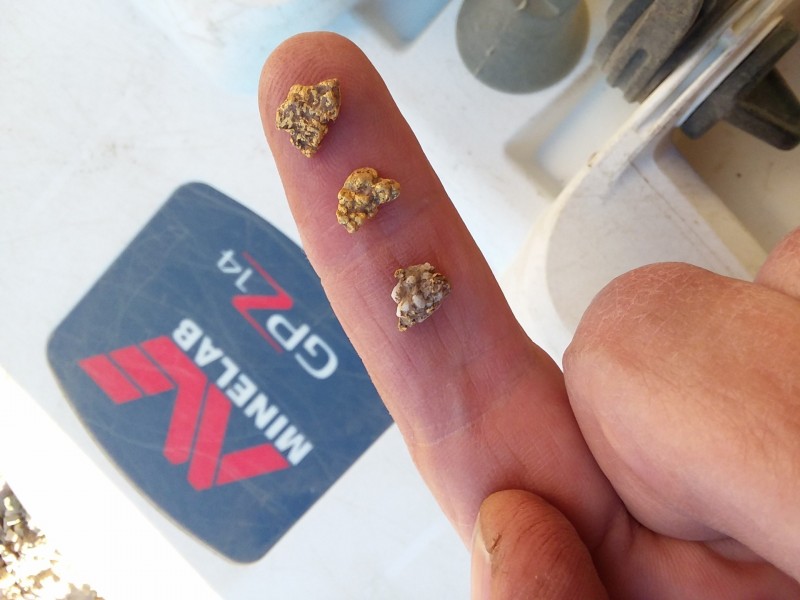
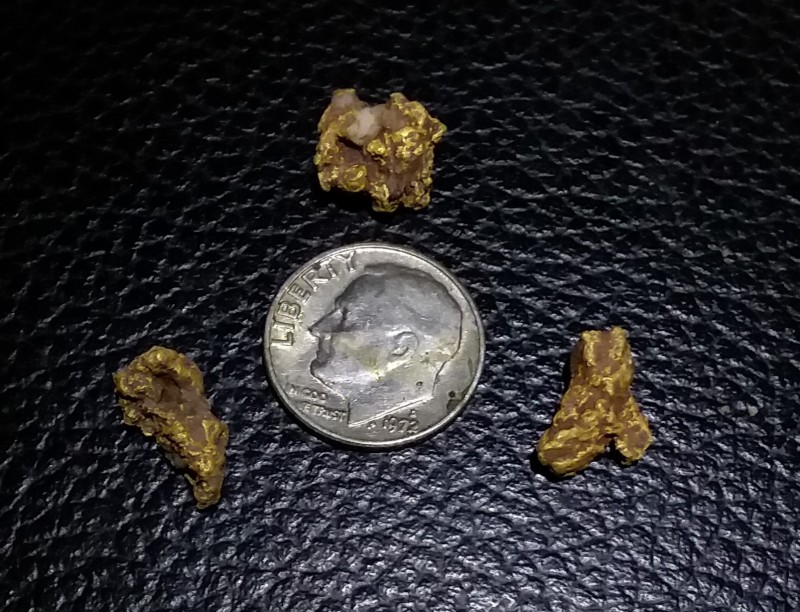
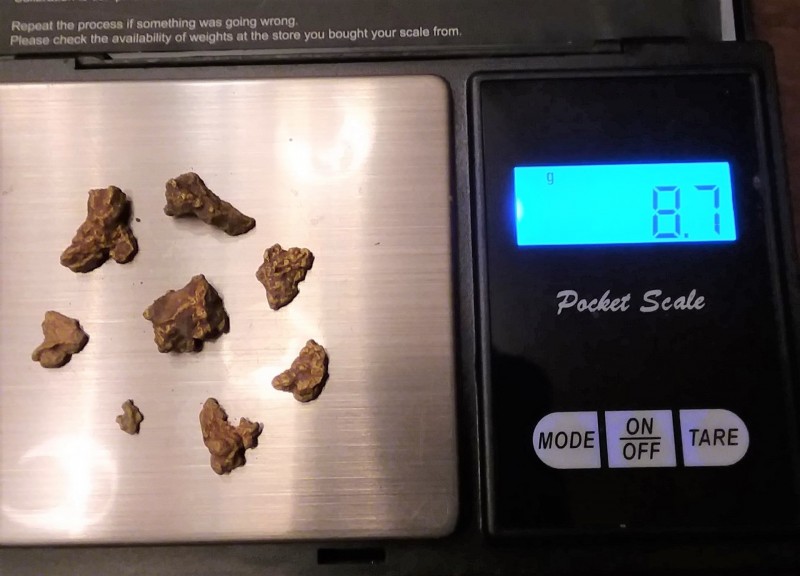
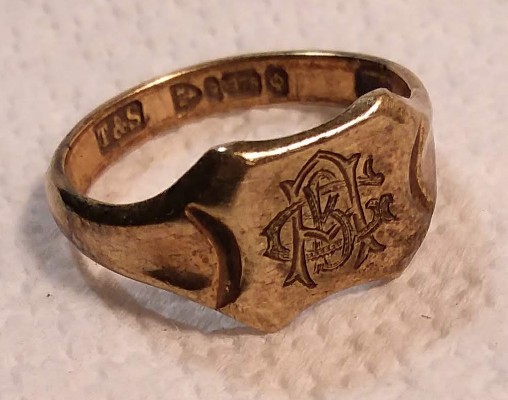
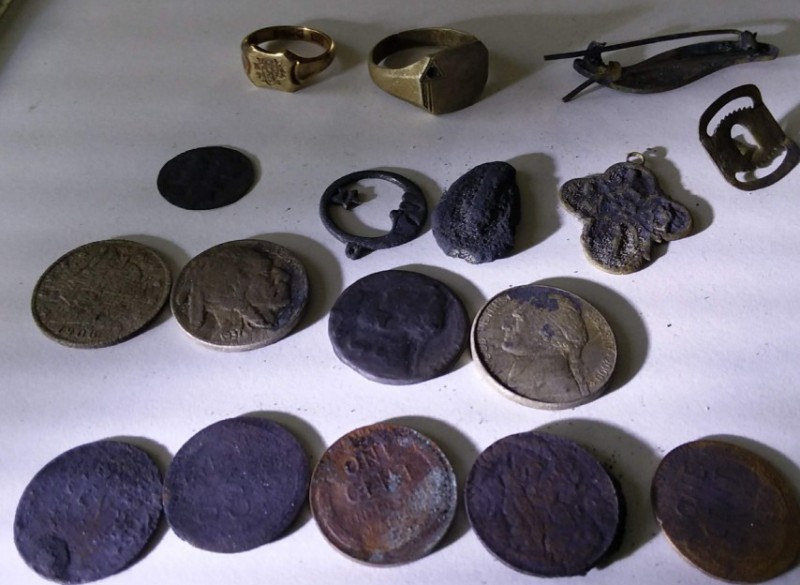
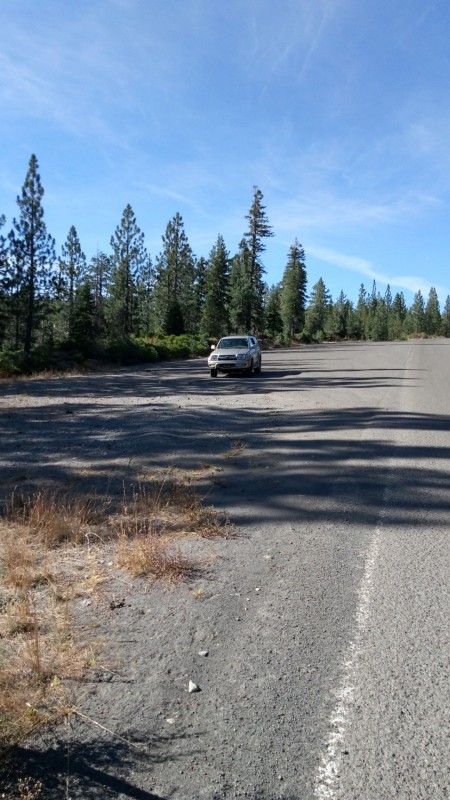
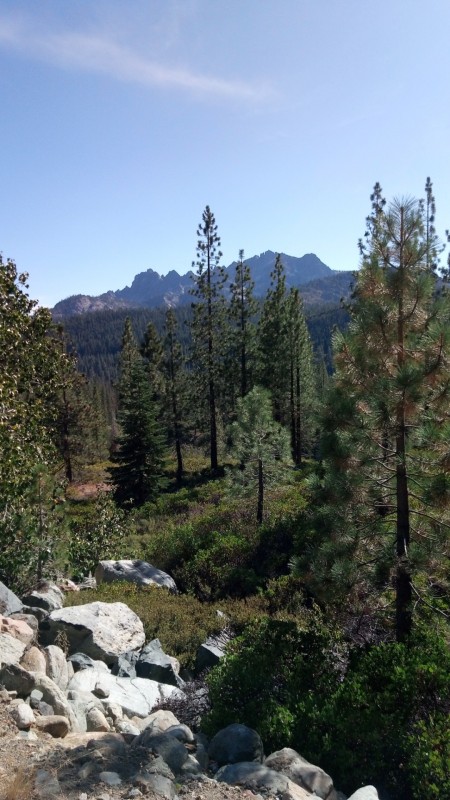
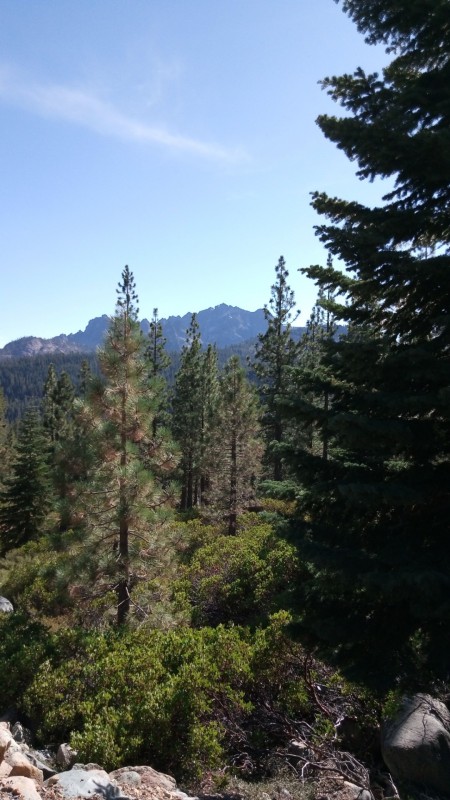
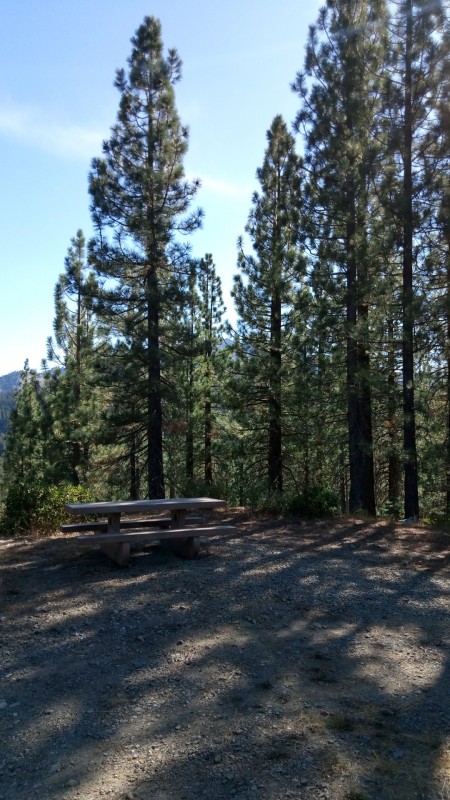
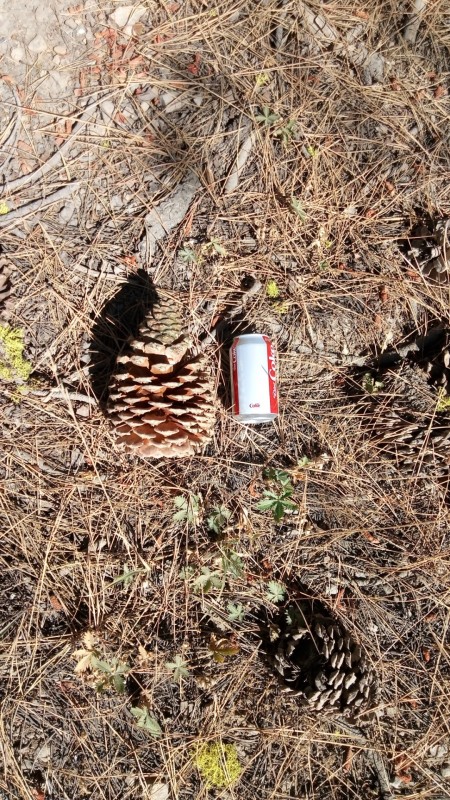
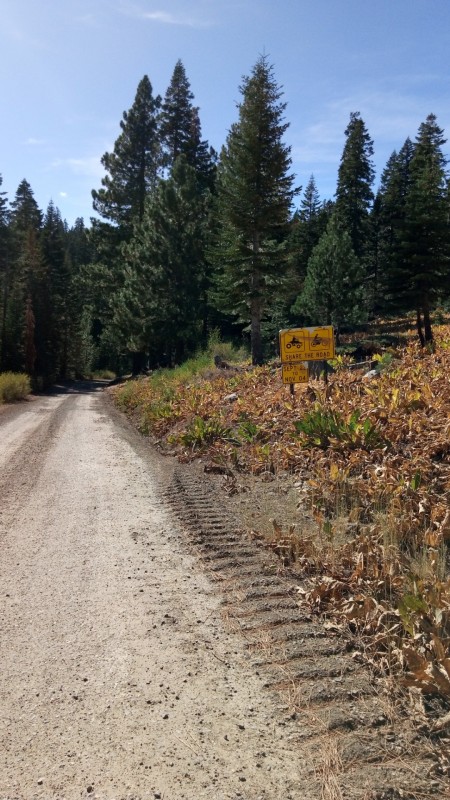
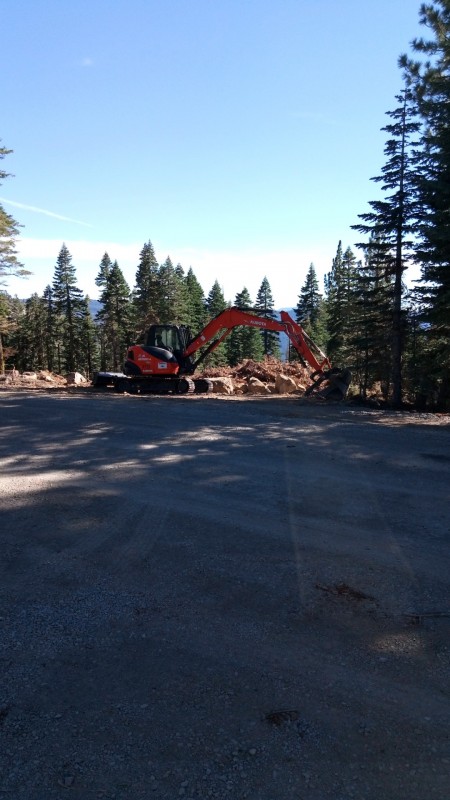
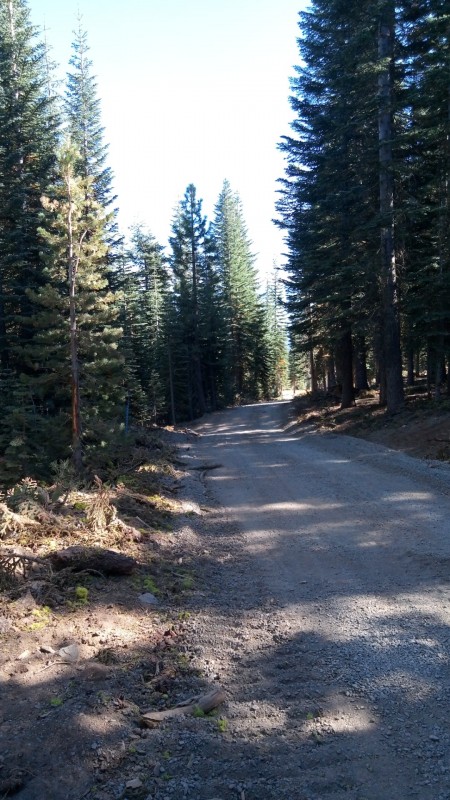
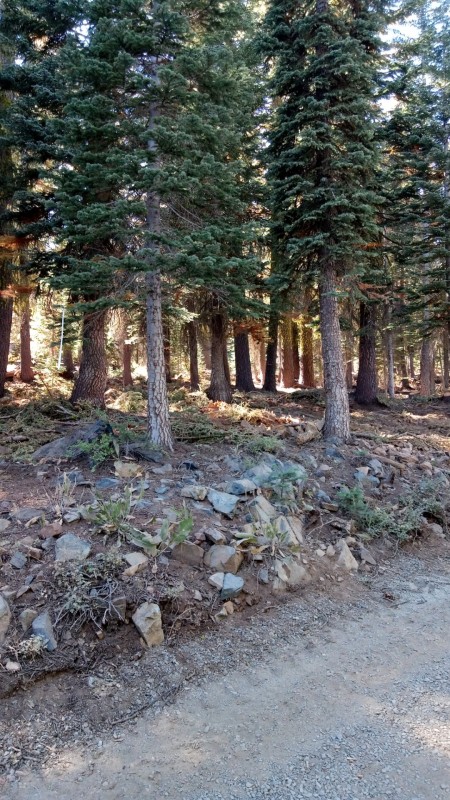
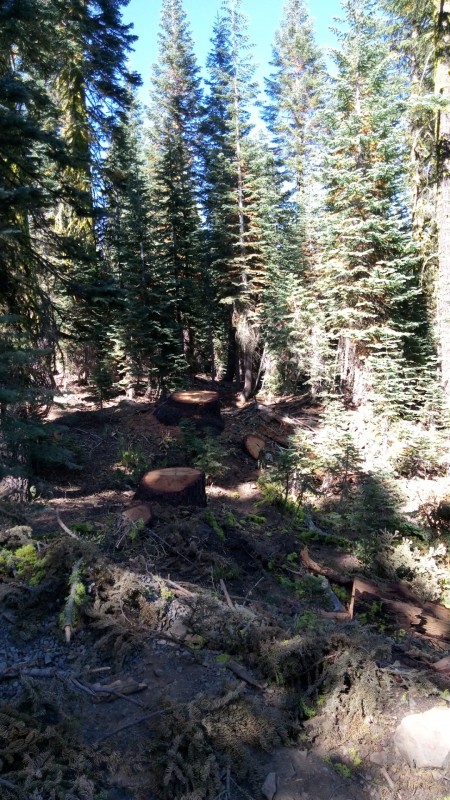
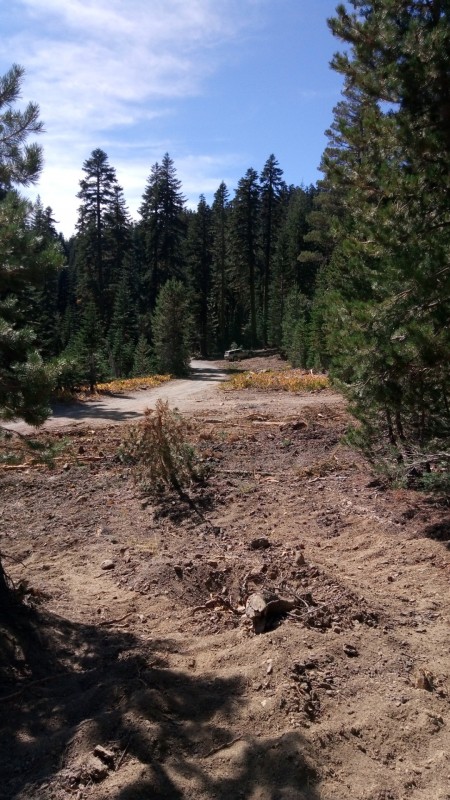
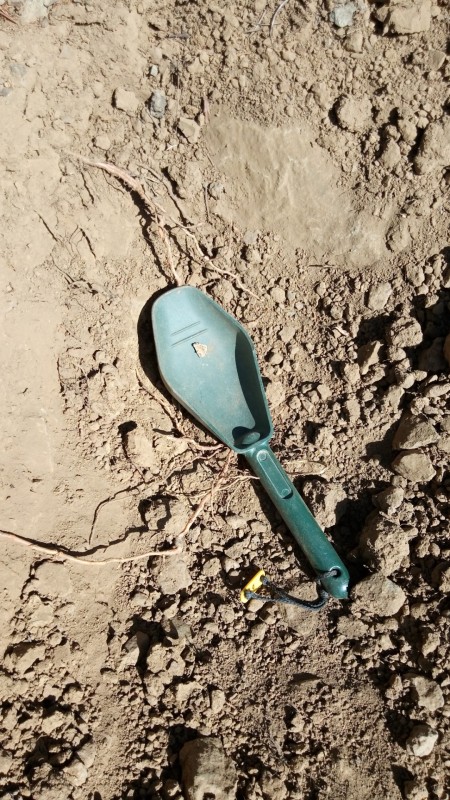
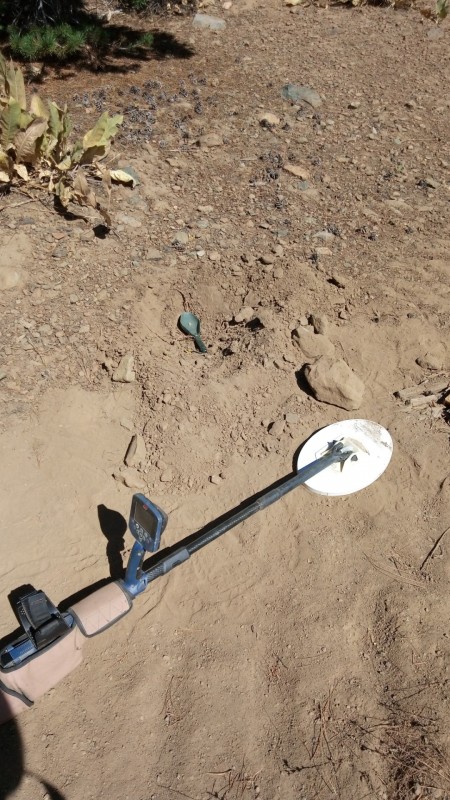
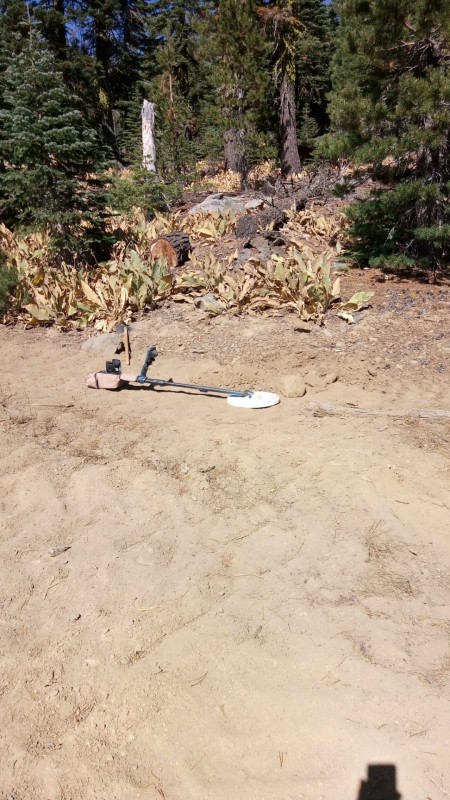
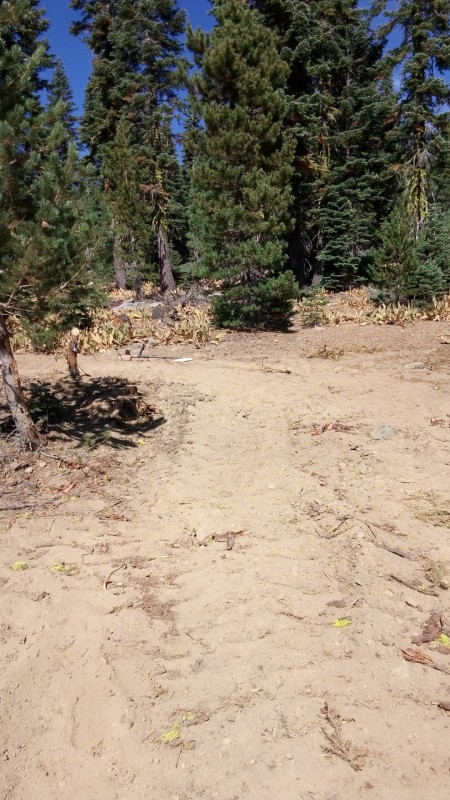
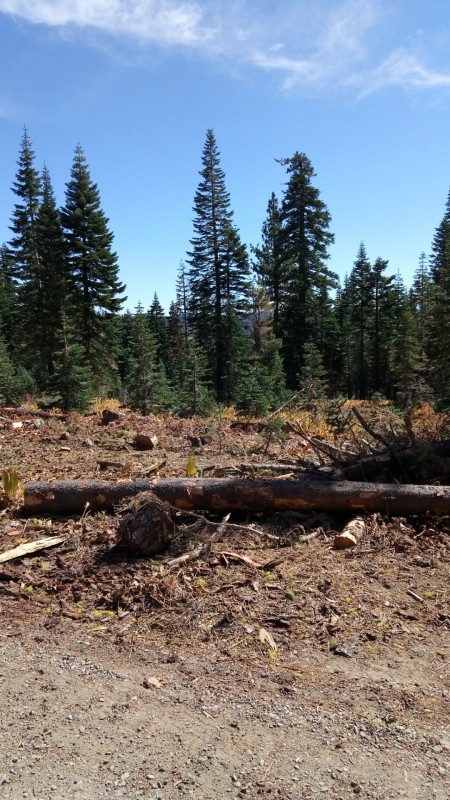
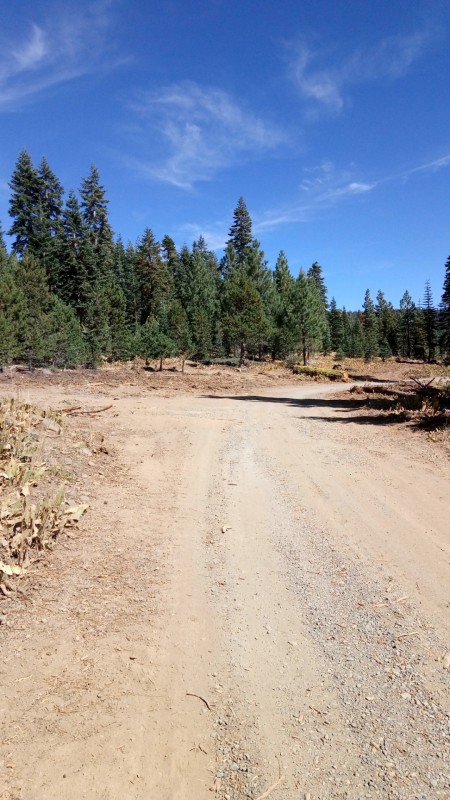
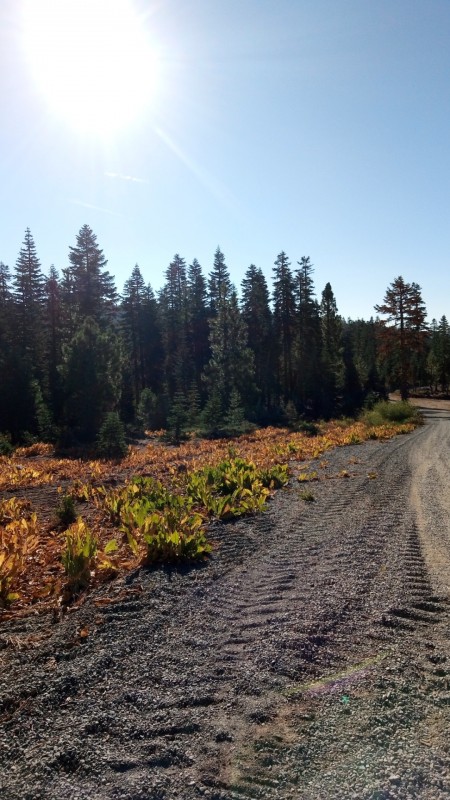
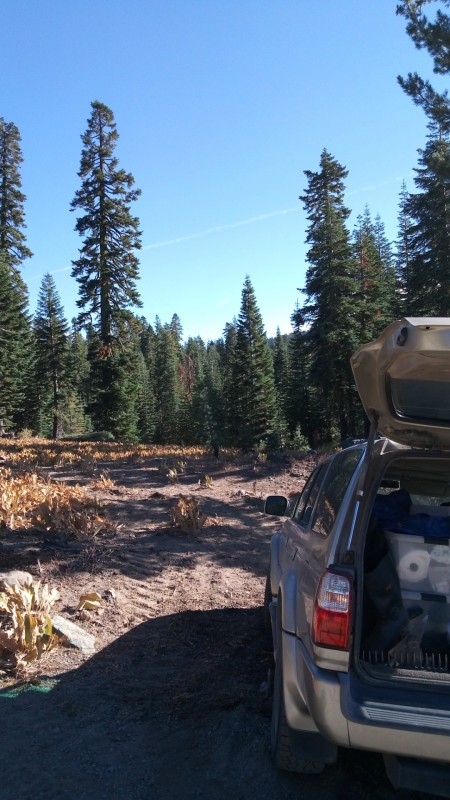
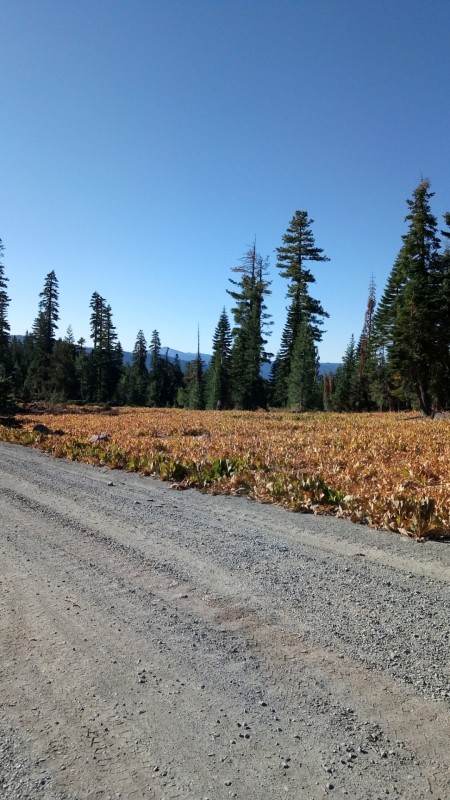
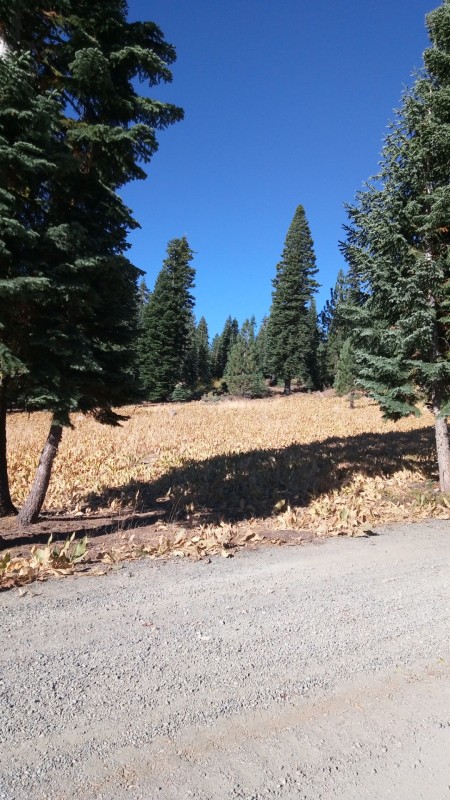
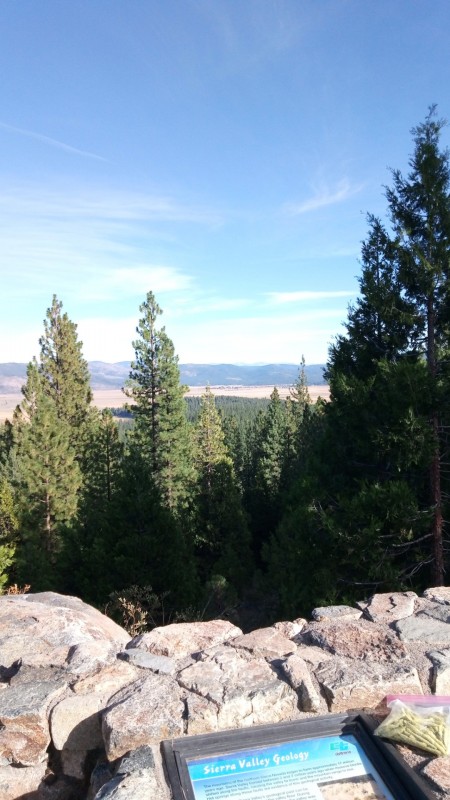
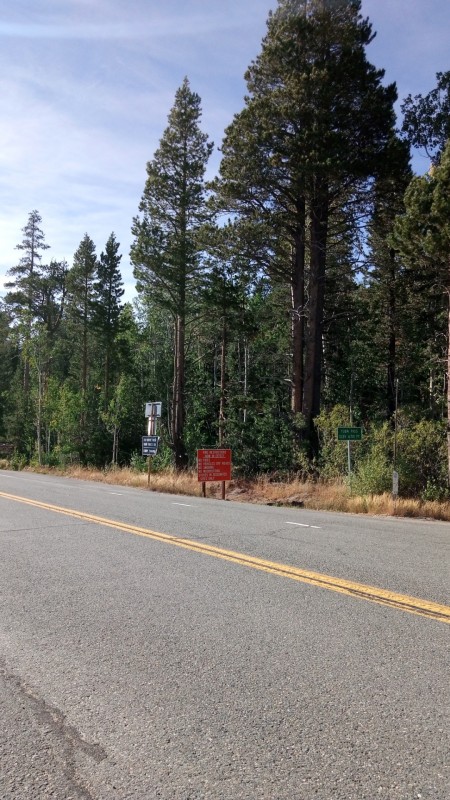
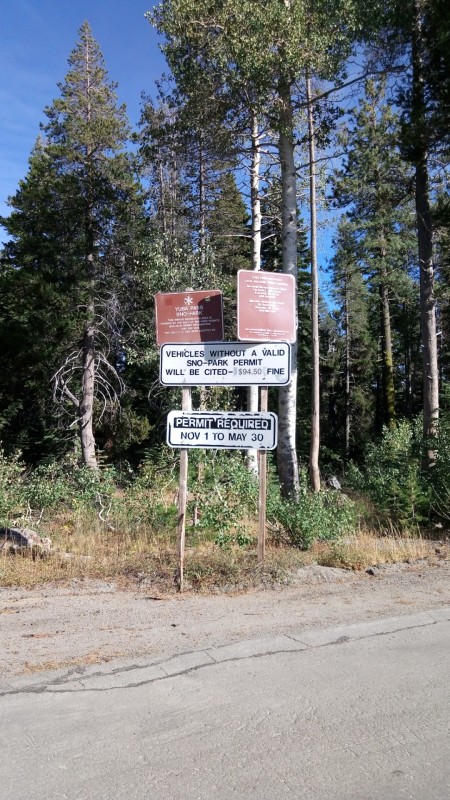
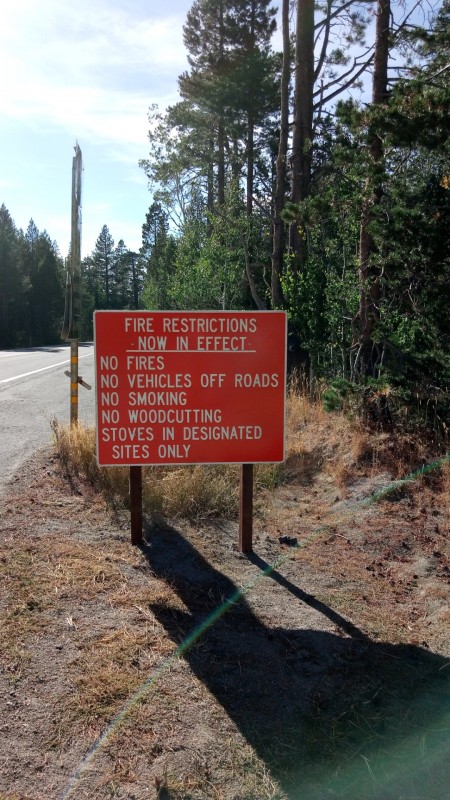
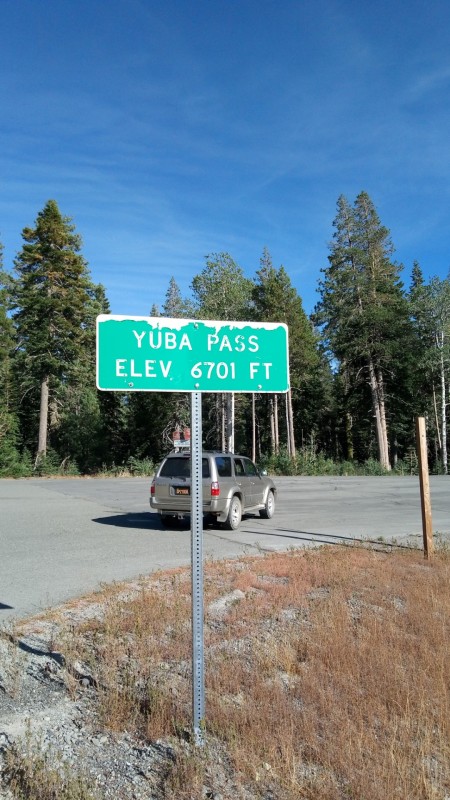
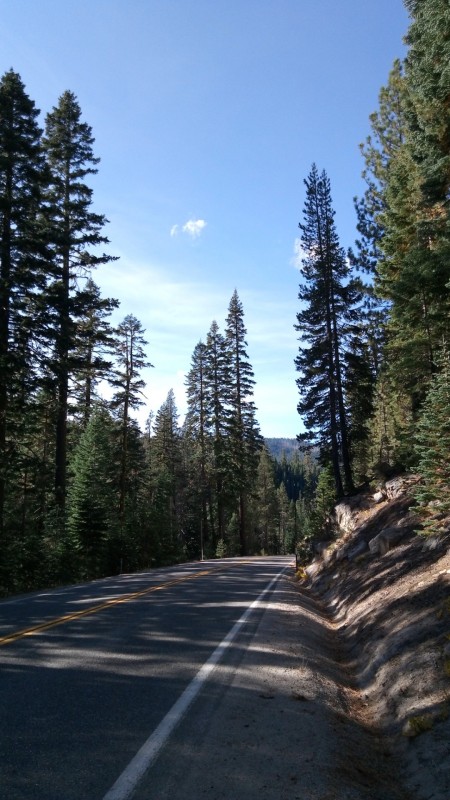
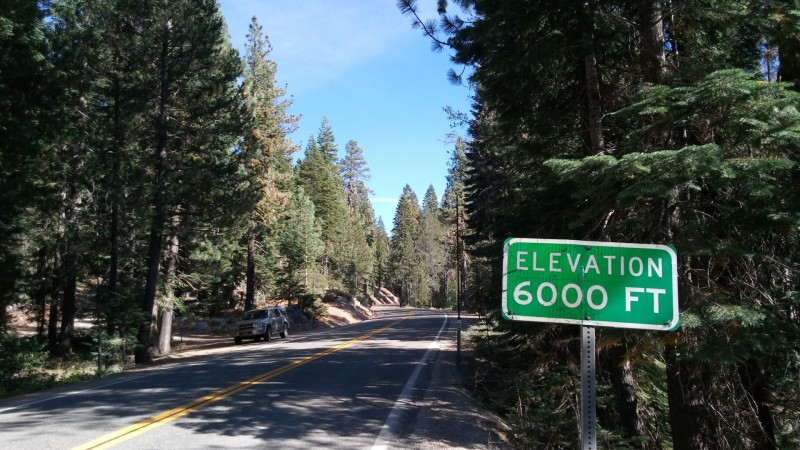
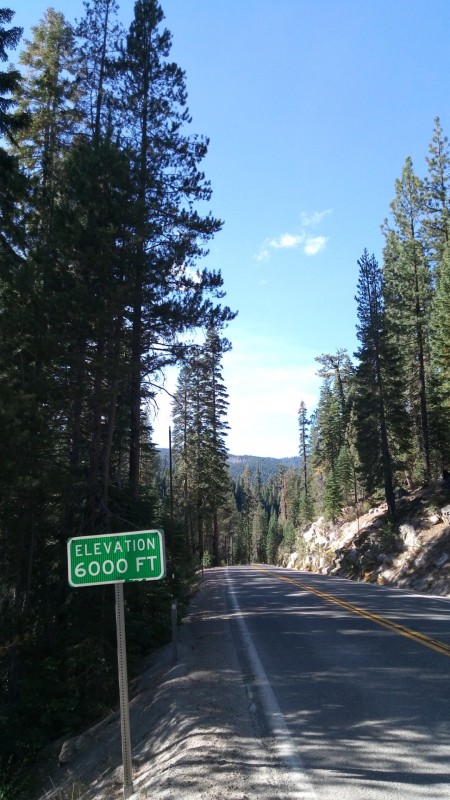
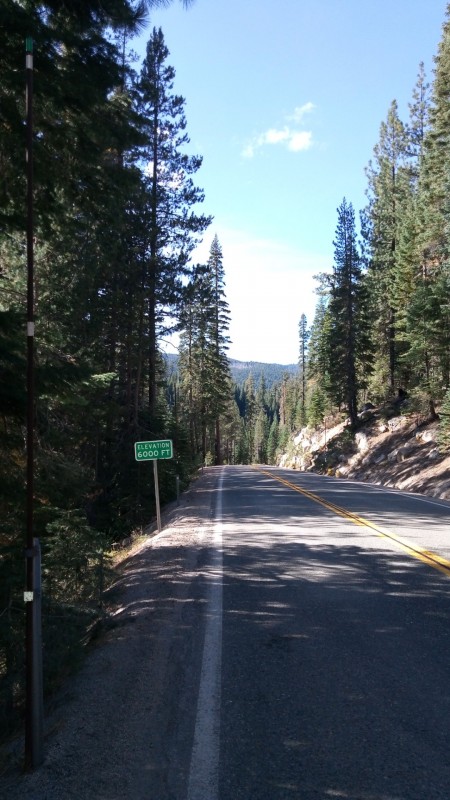
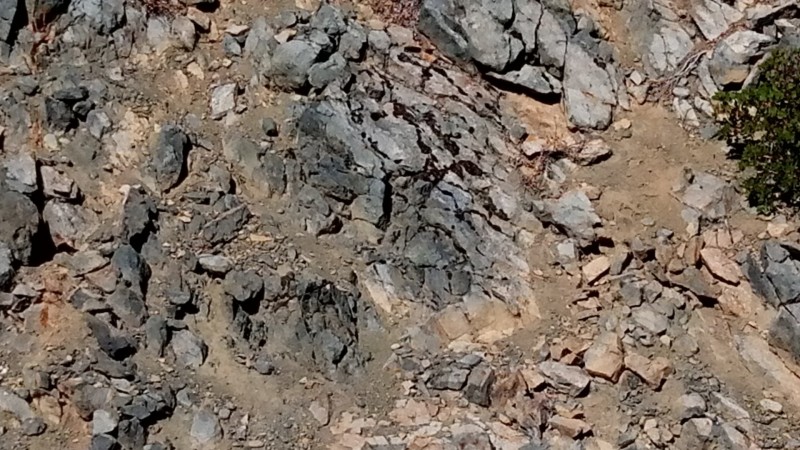
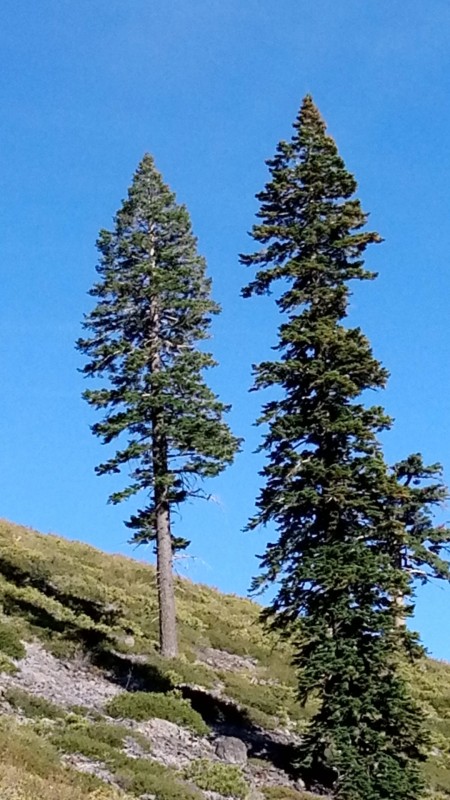
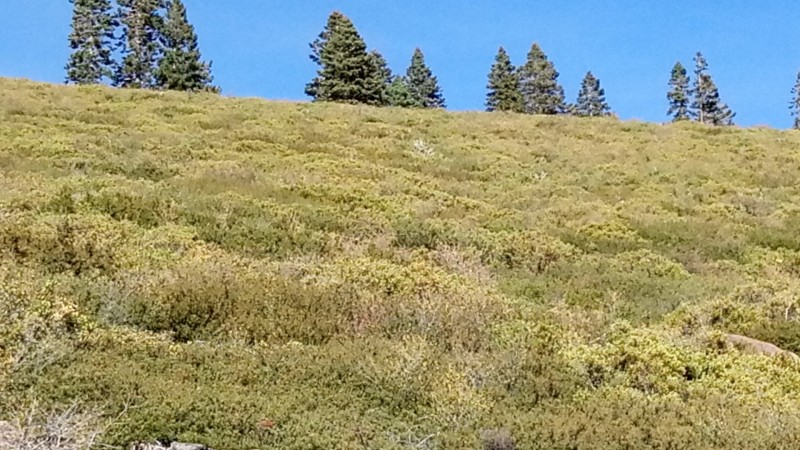
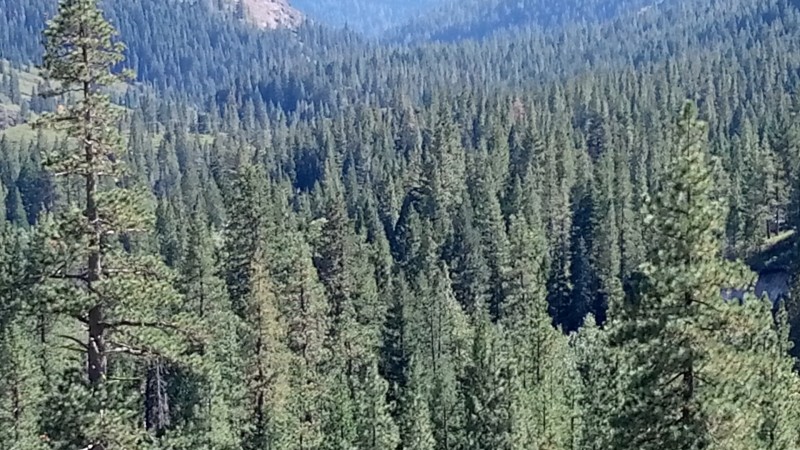
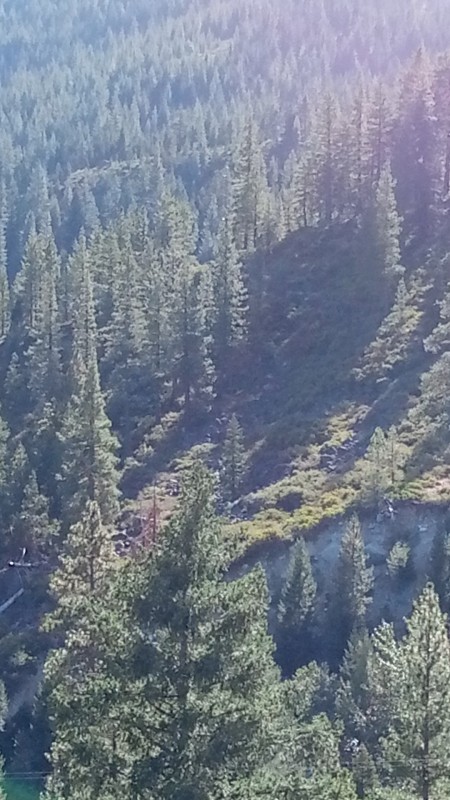
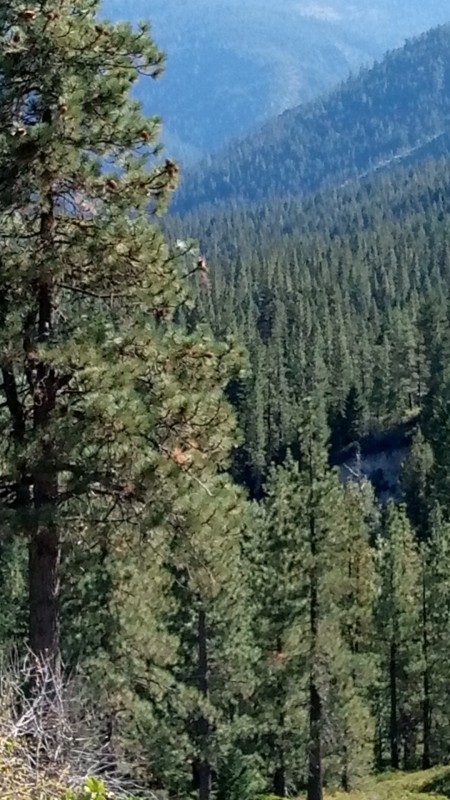
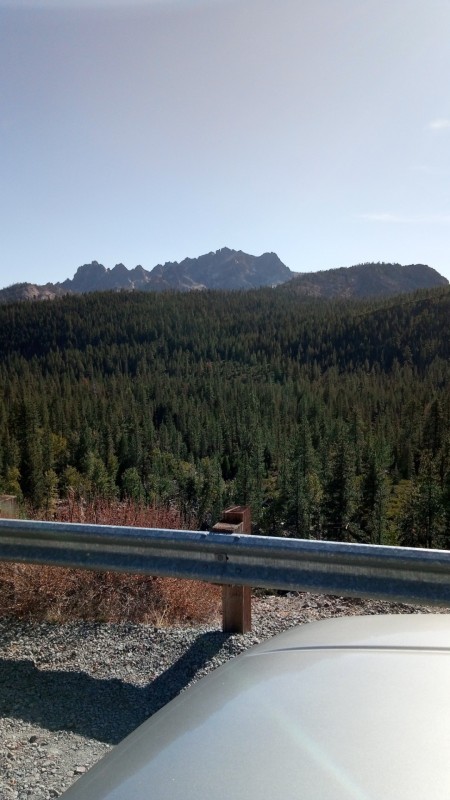
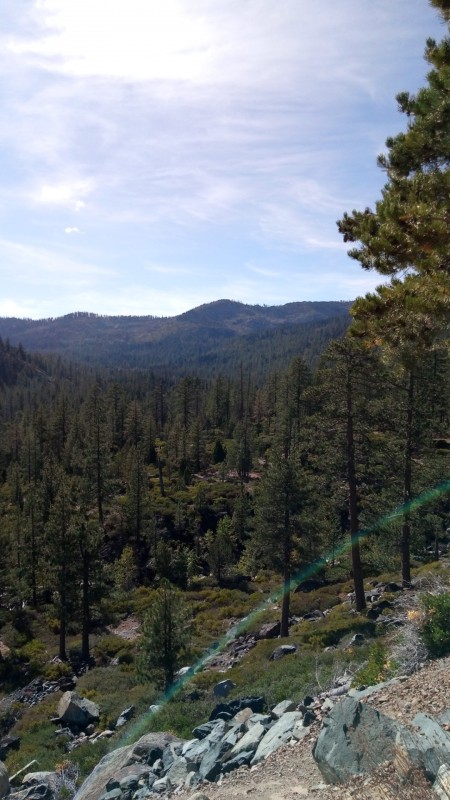
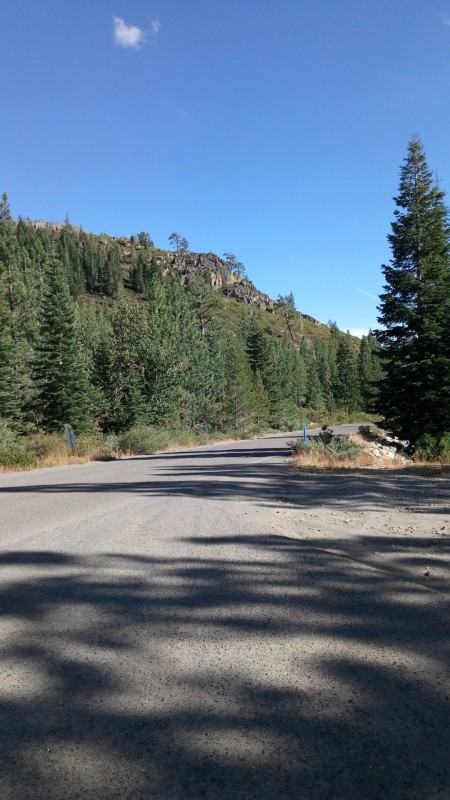
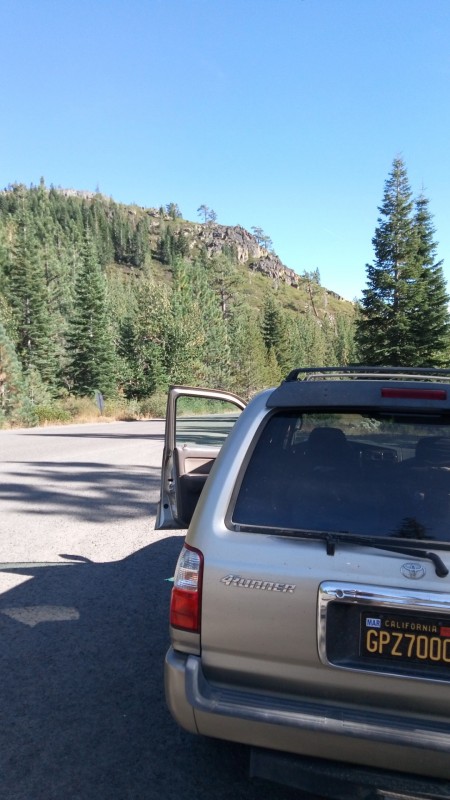
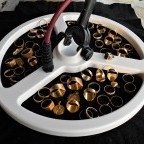
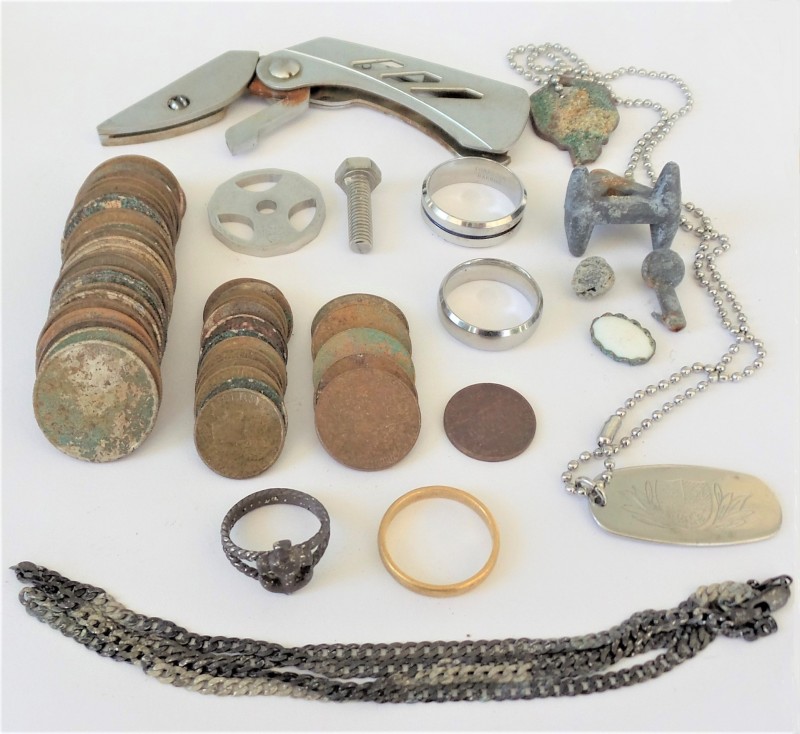
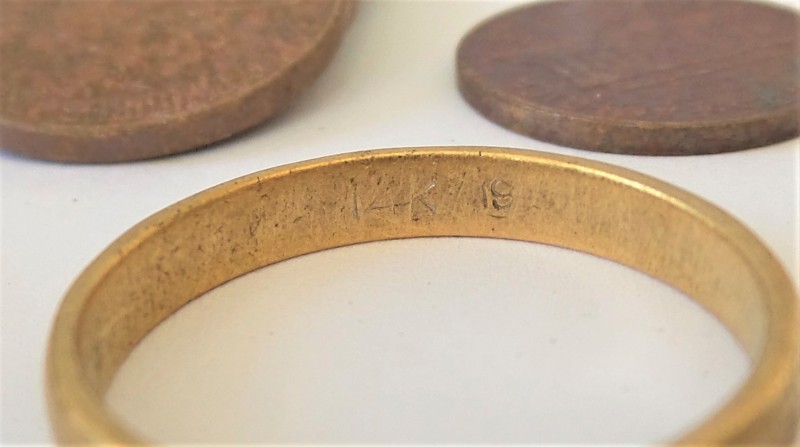
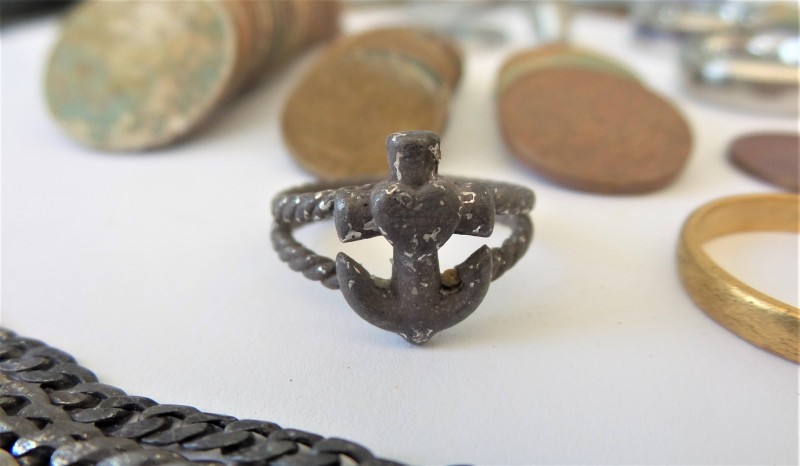
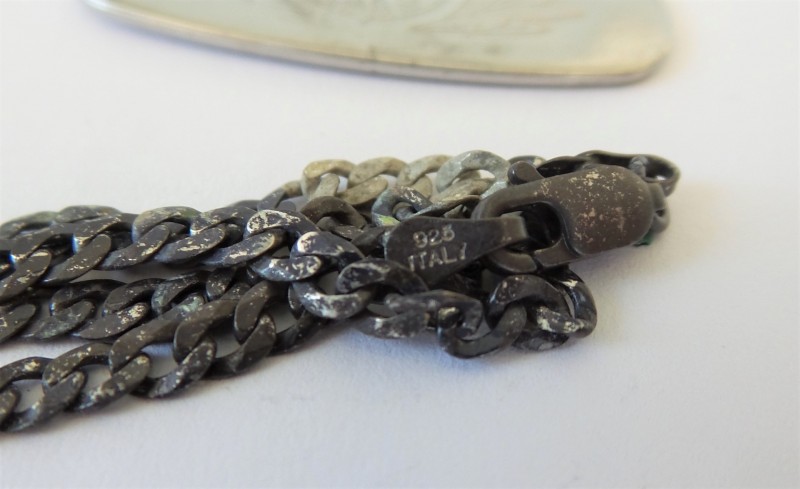
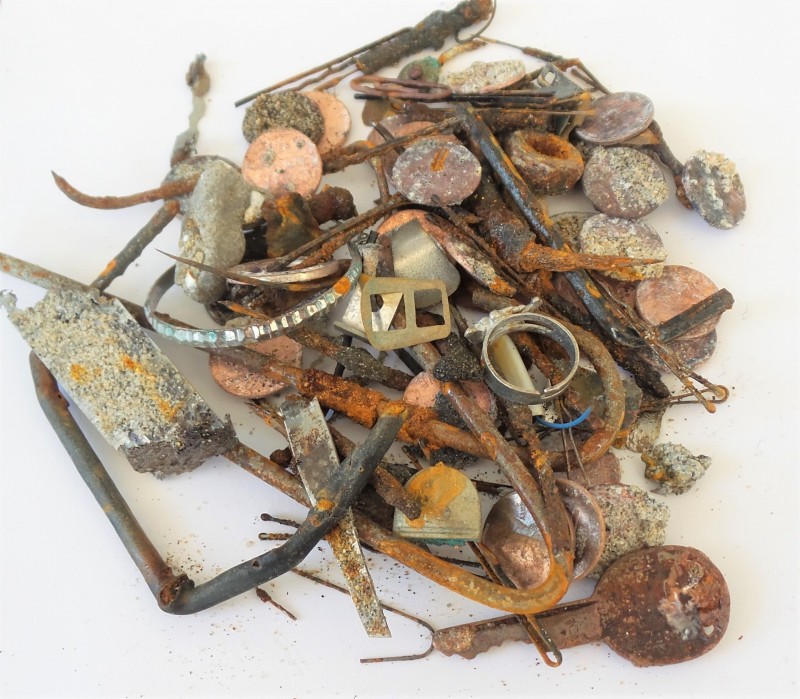

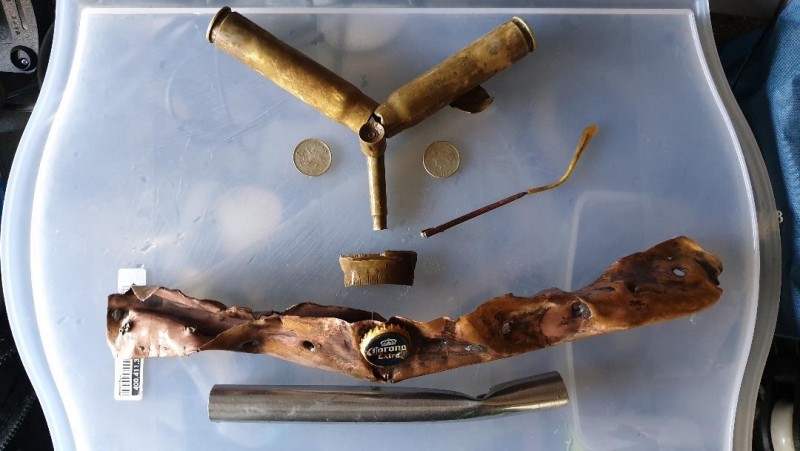

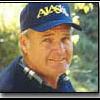
.thumb.jpg.d71314a45f3dc82bf75ac1b96e7e9201.jpg)



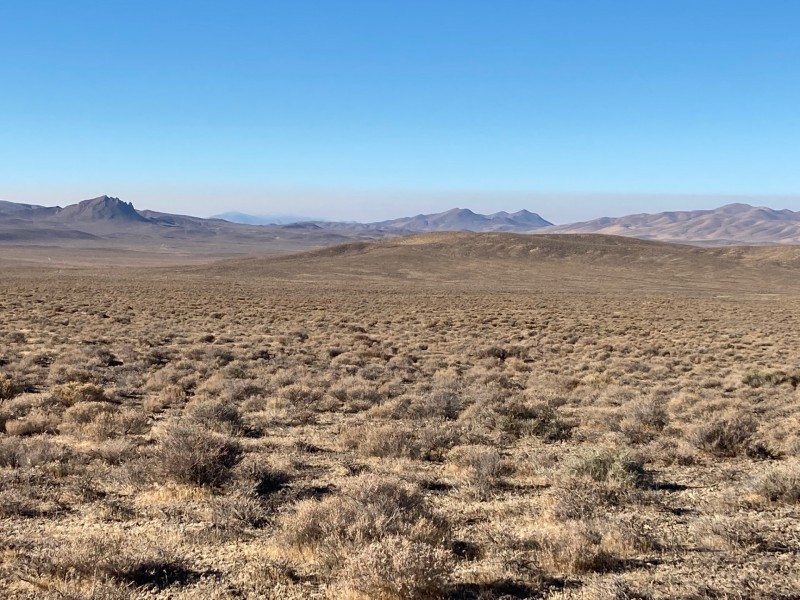
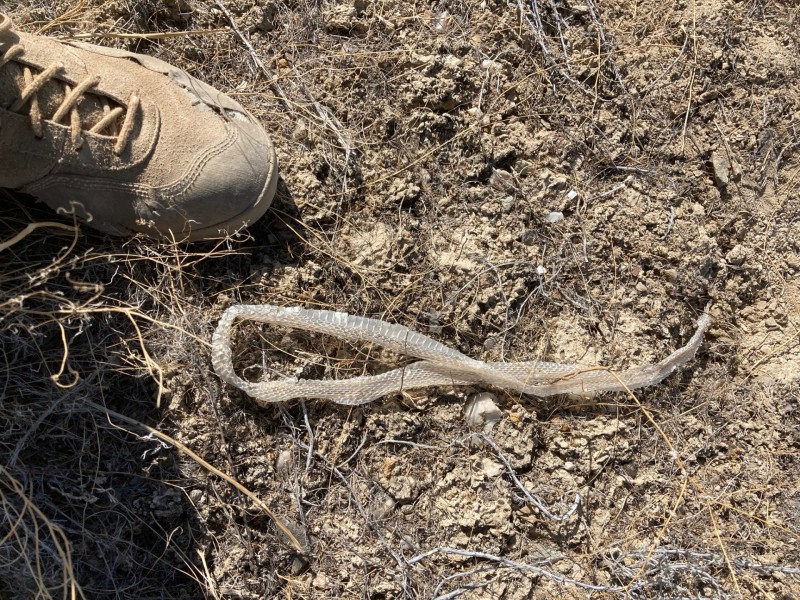
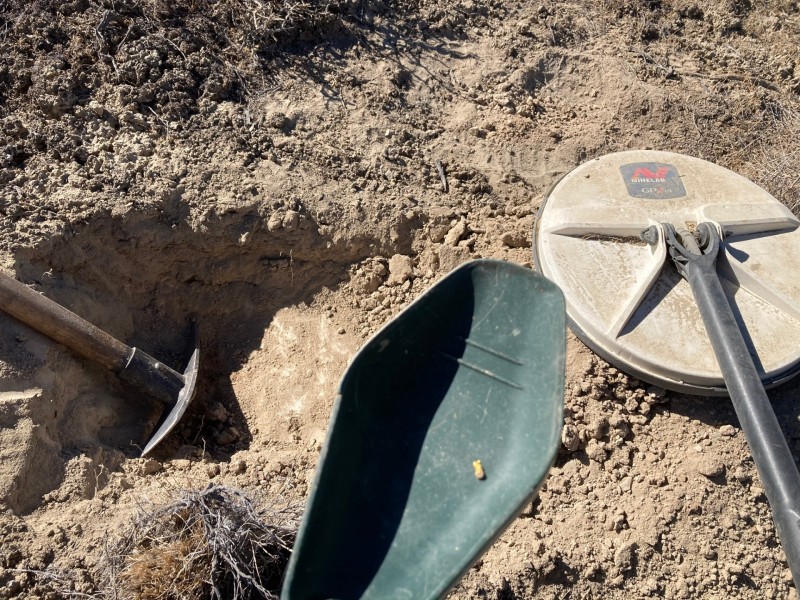
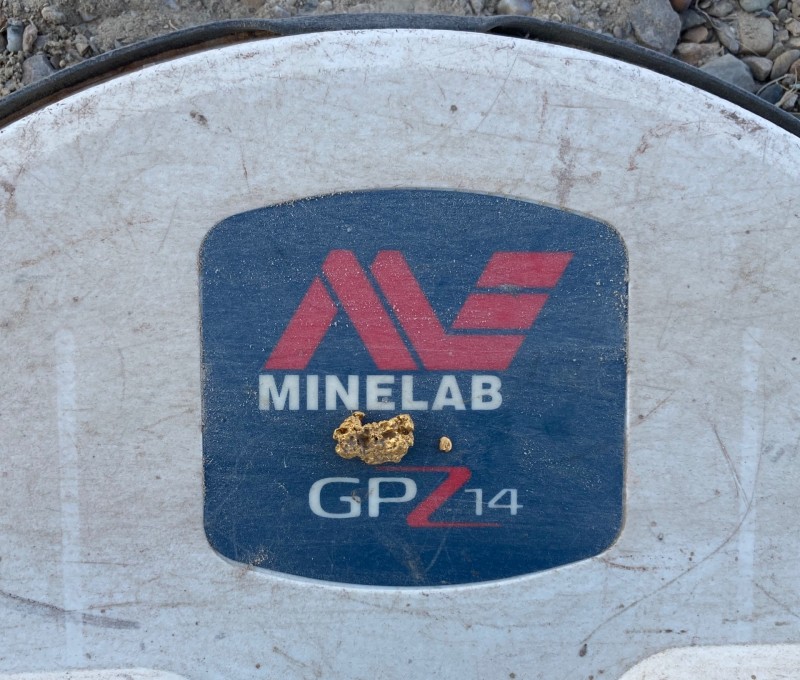
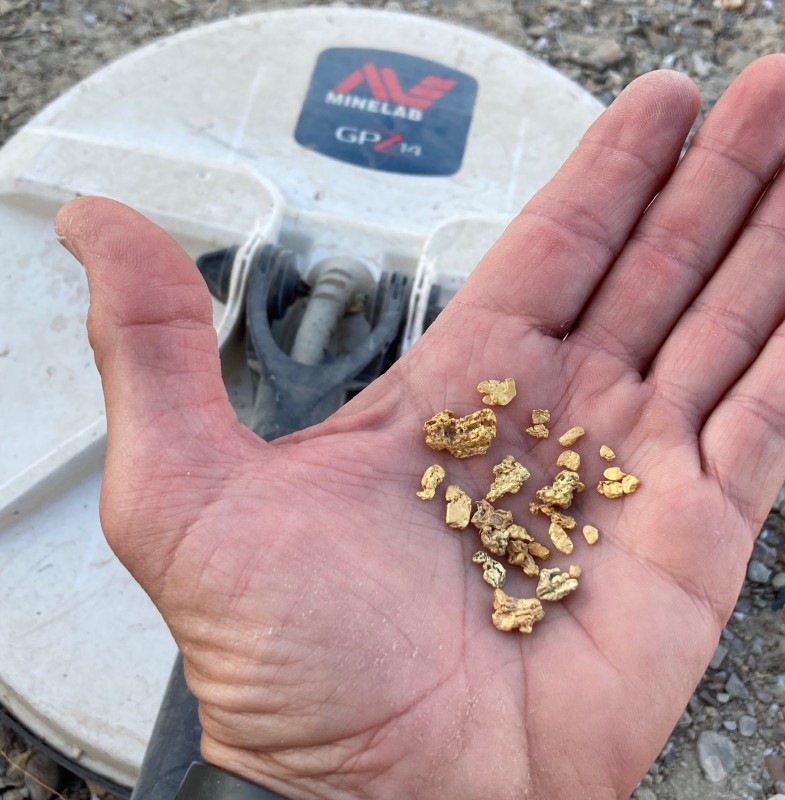



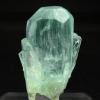




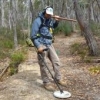
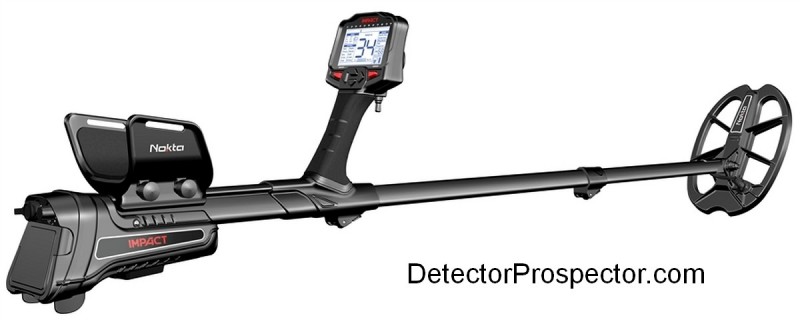

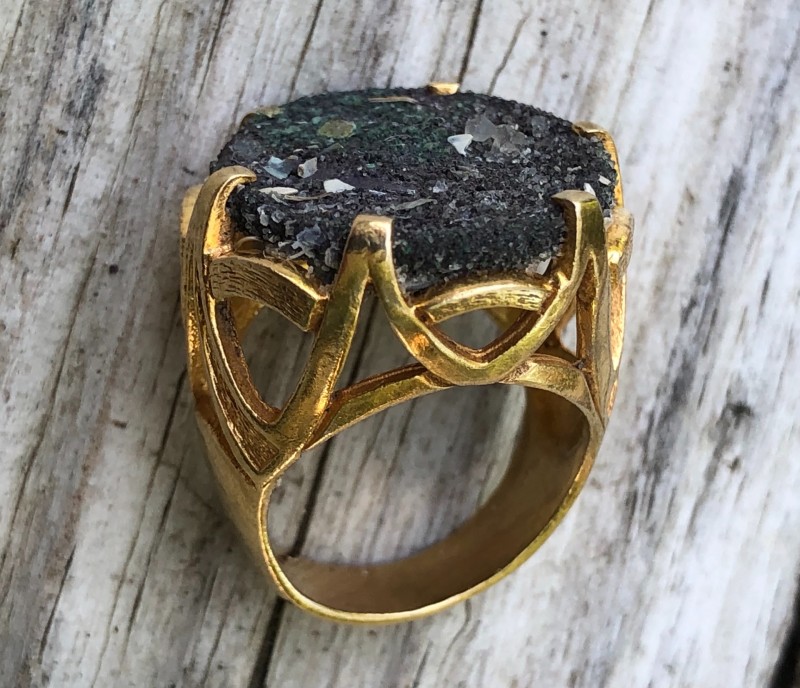
.thumb.jpg.95344db3aeef0a4c6c73420daa366191.jpg)



